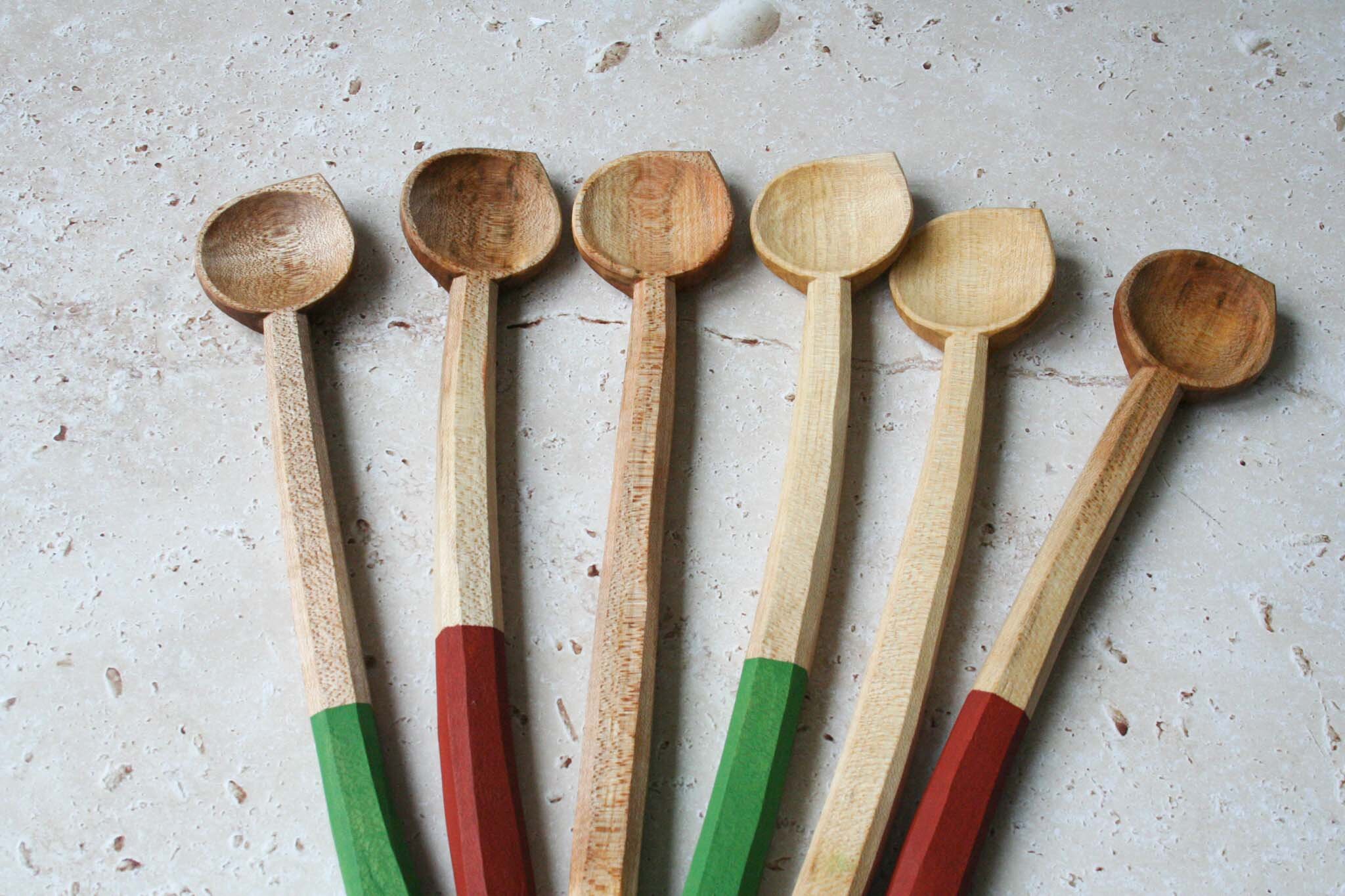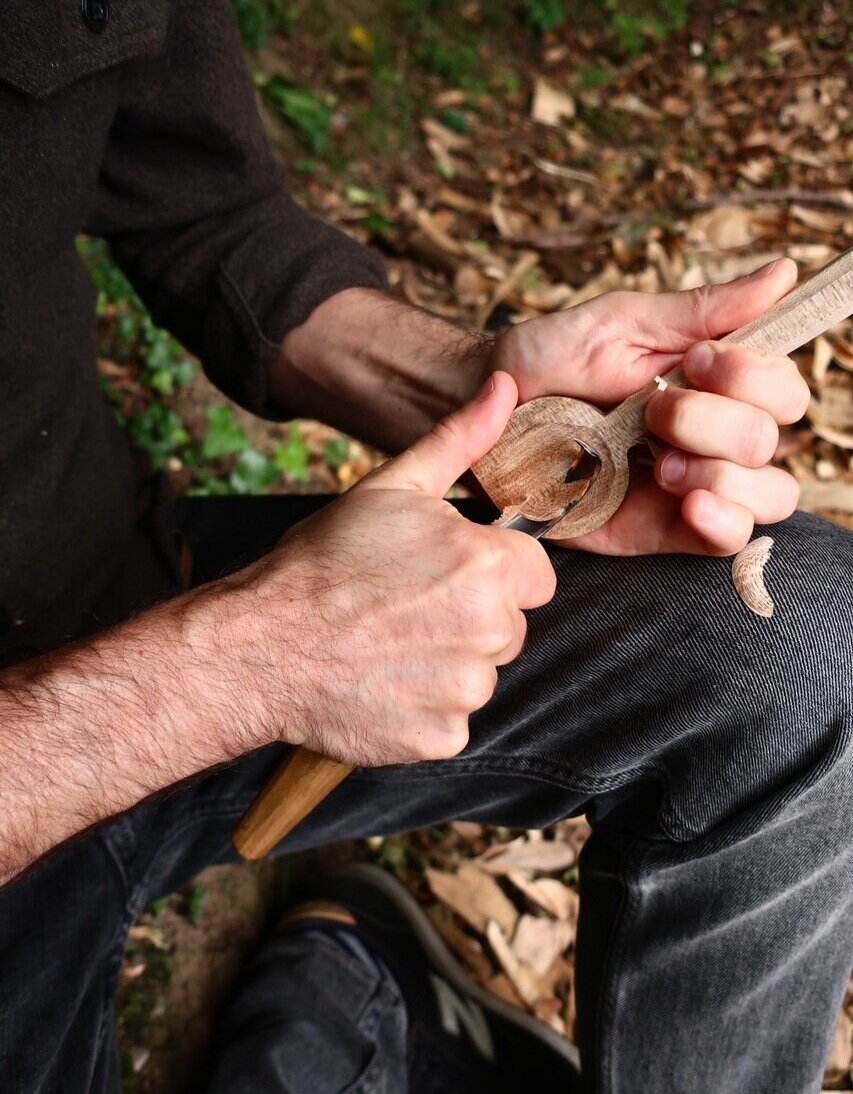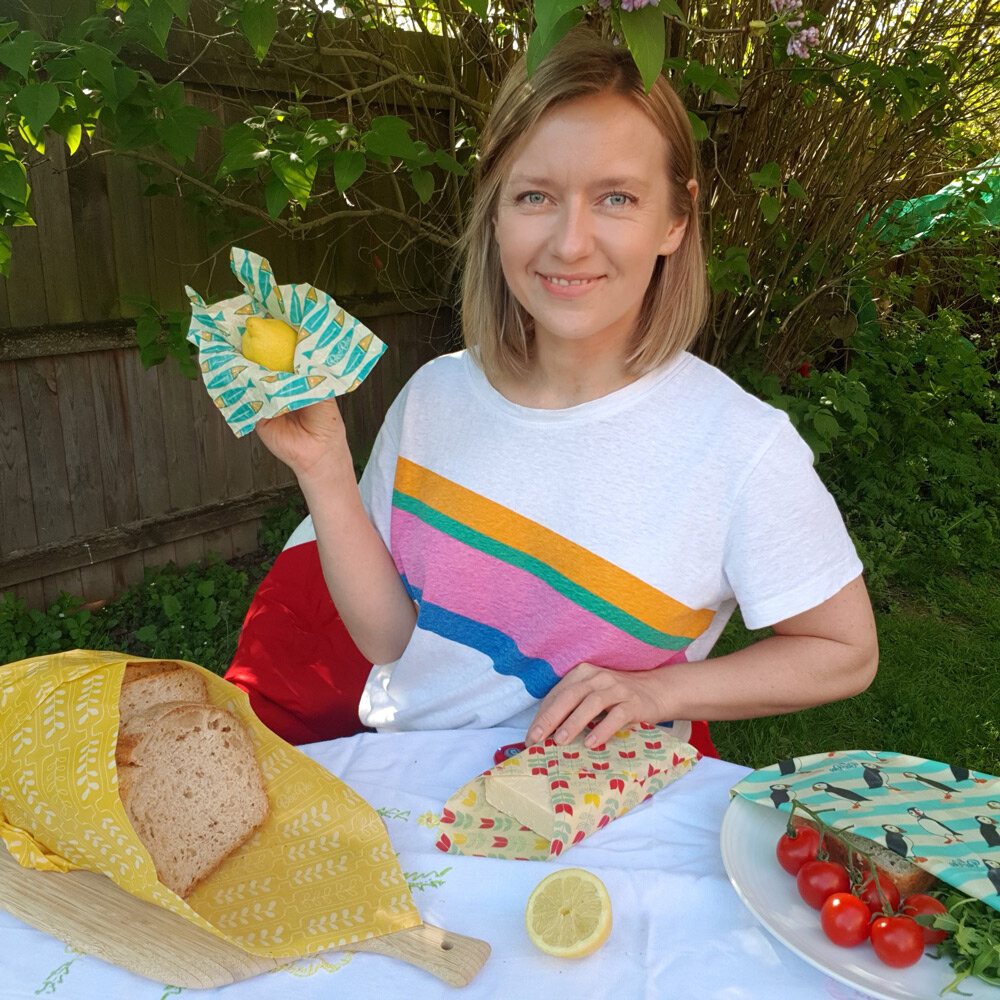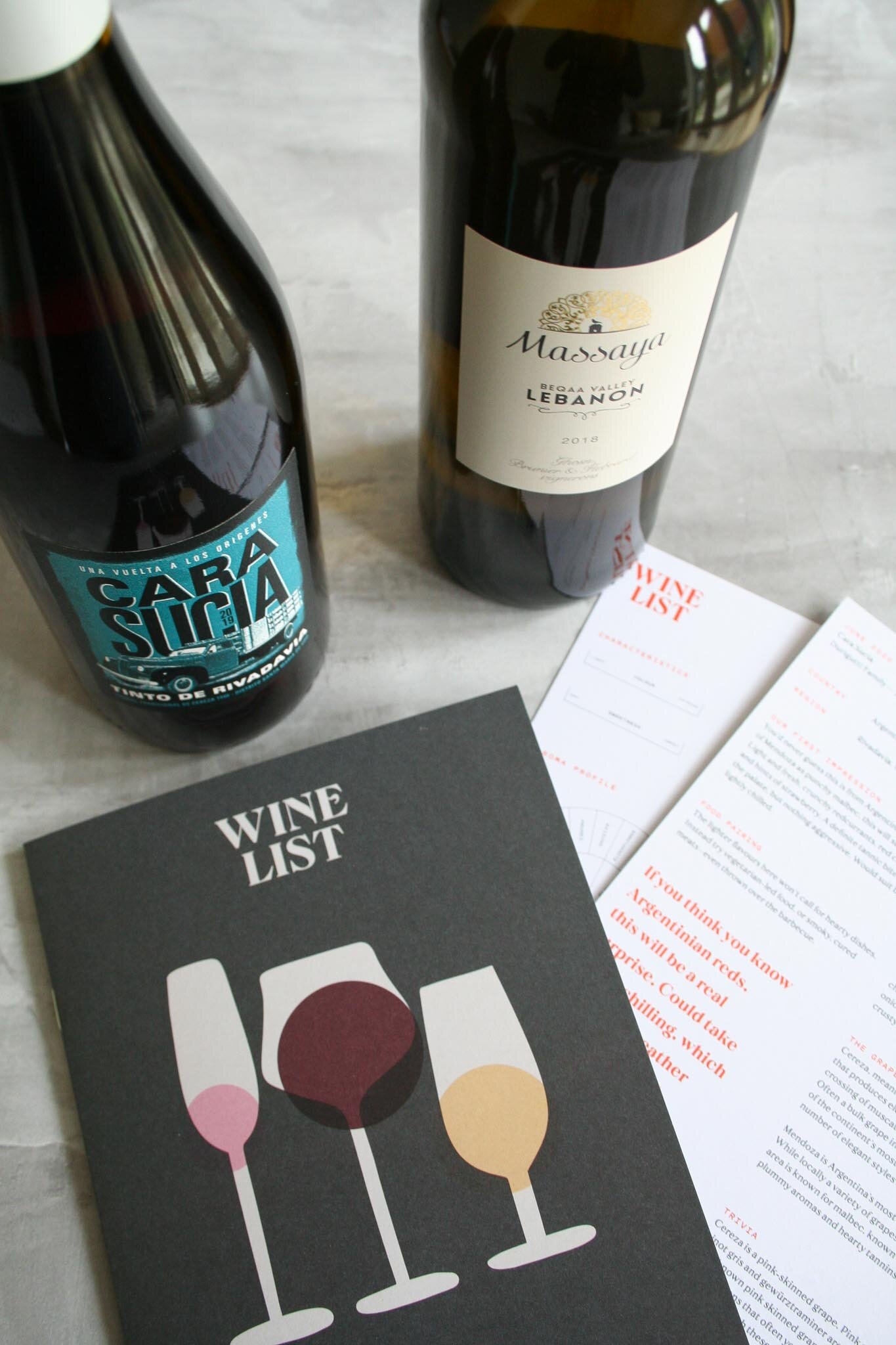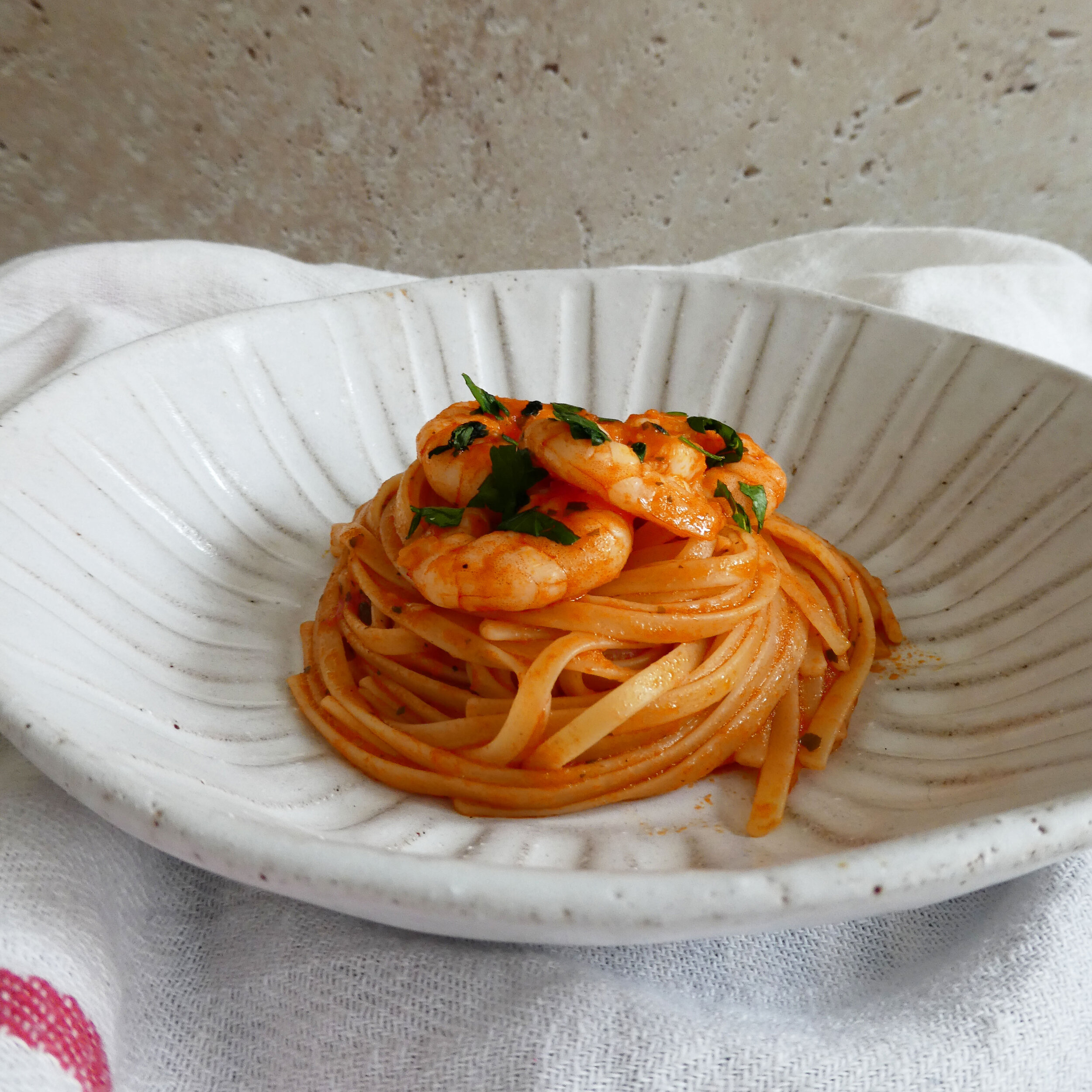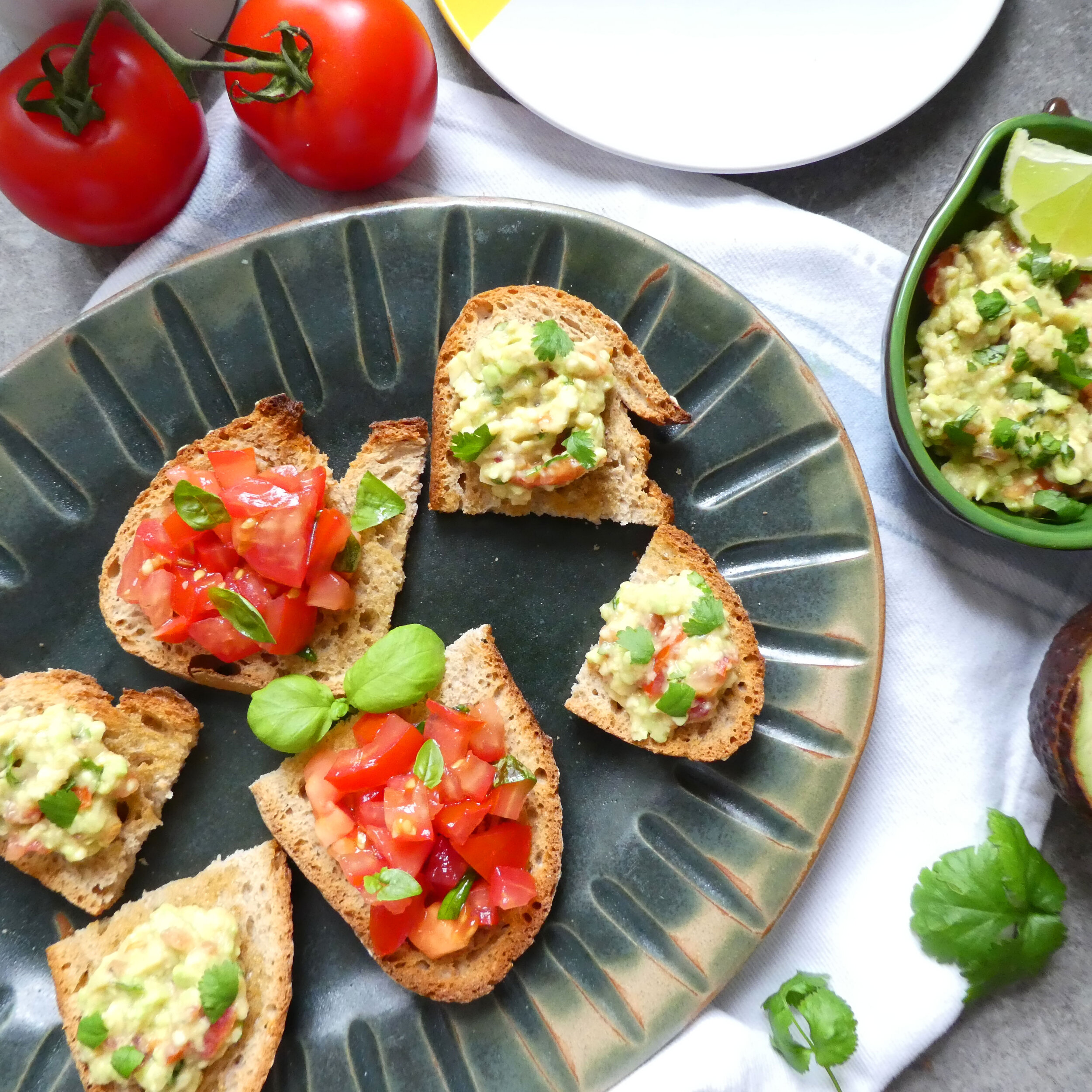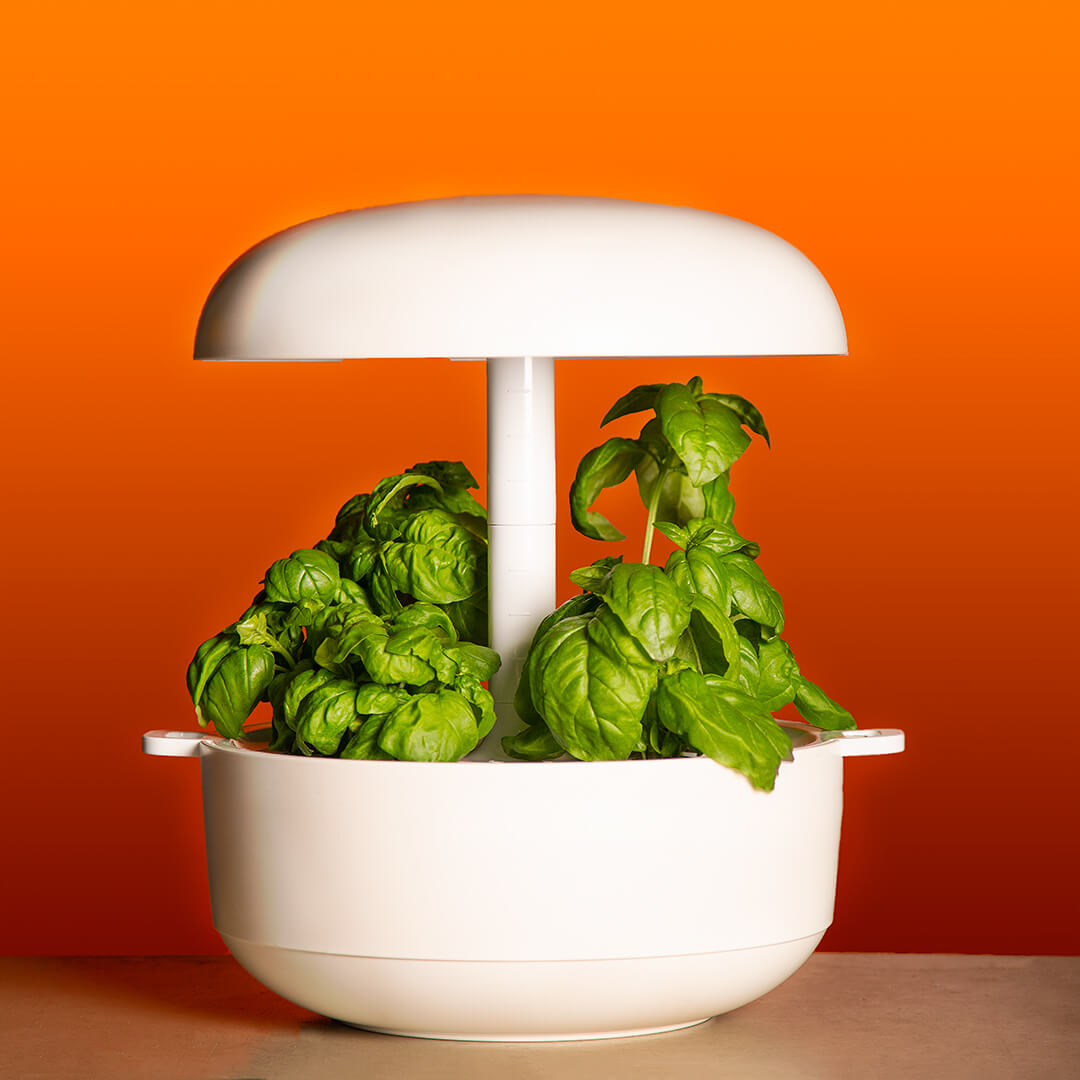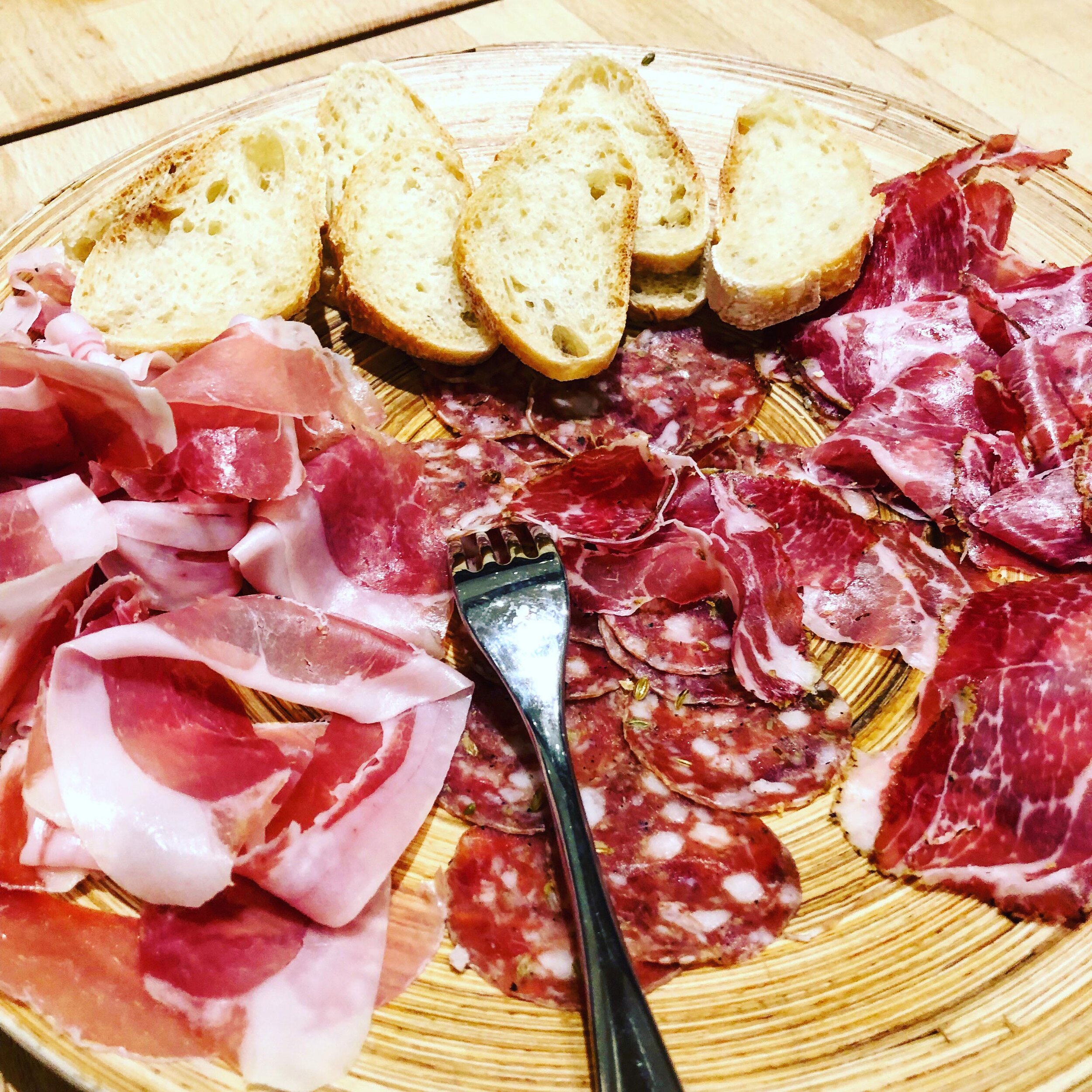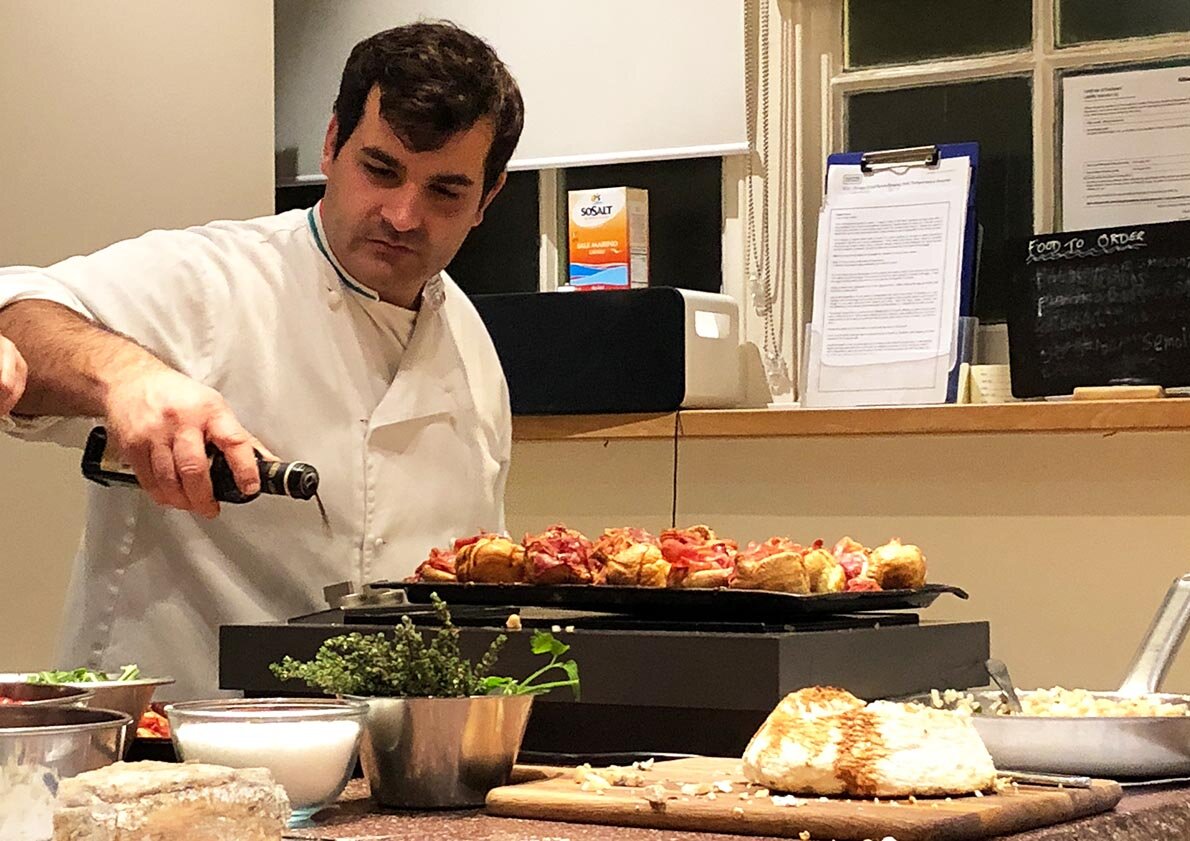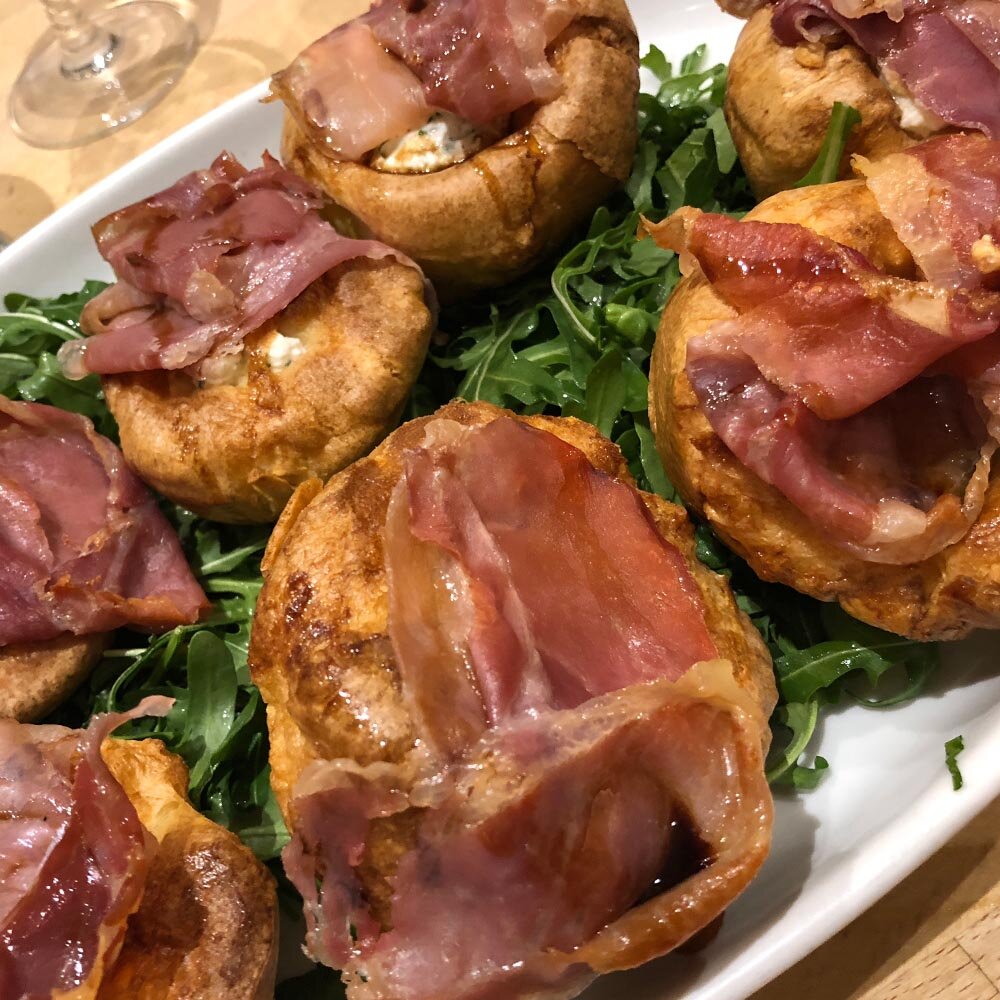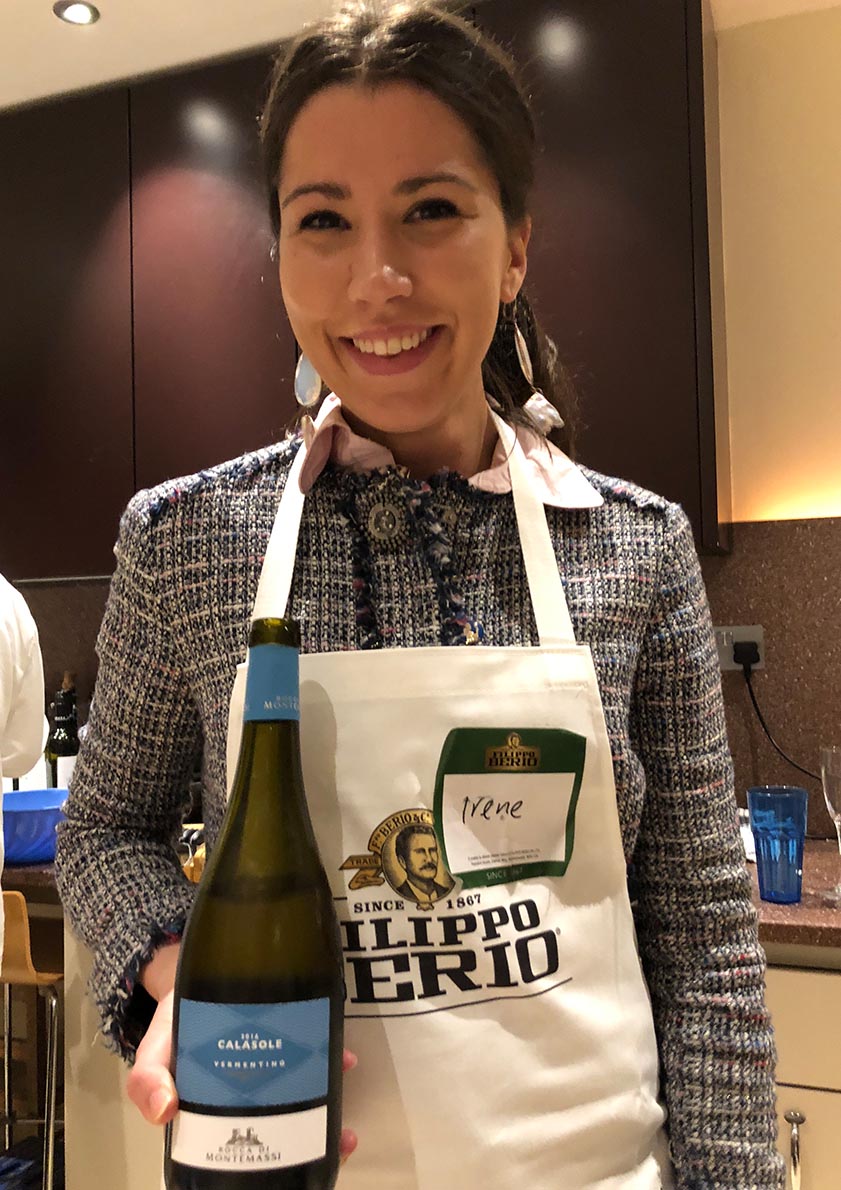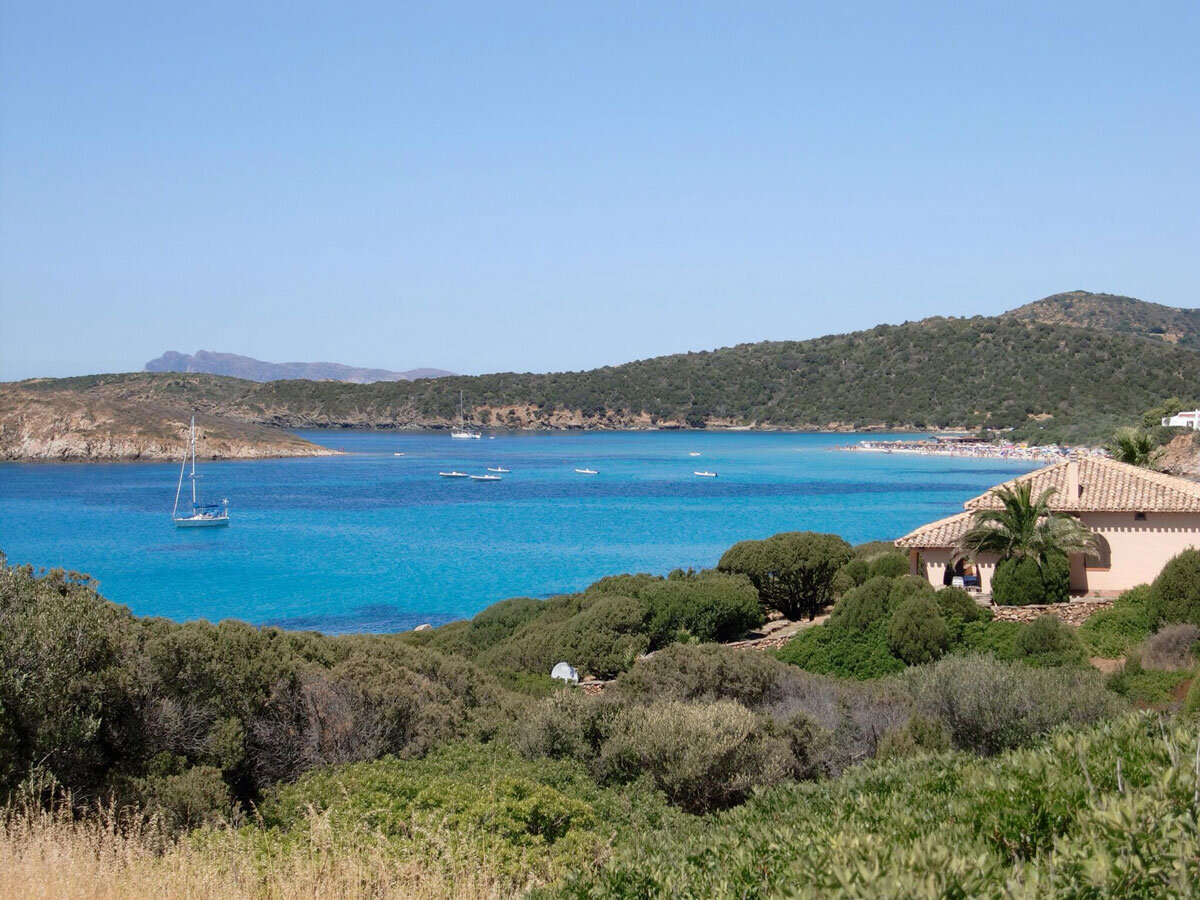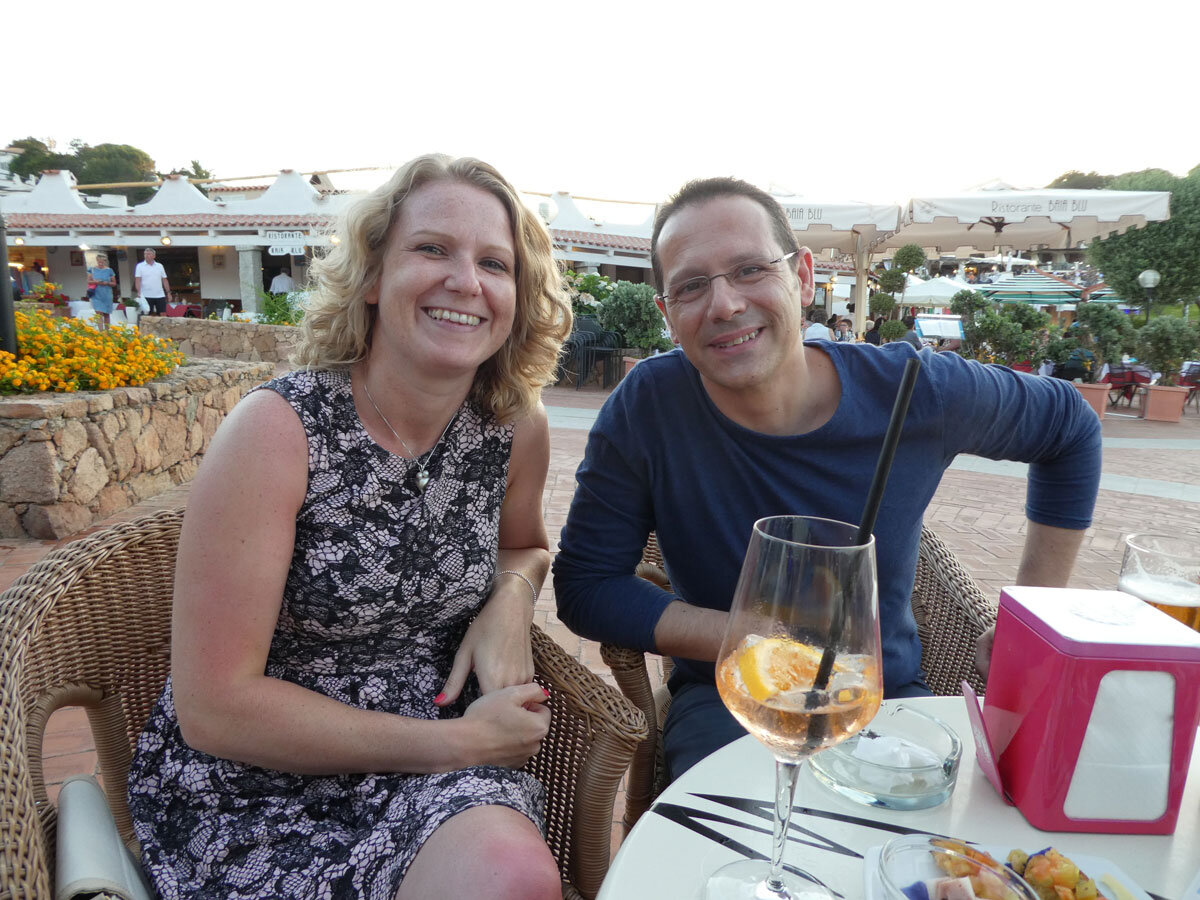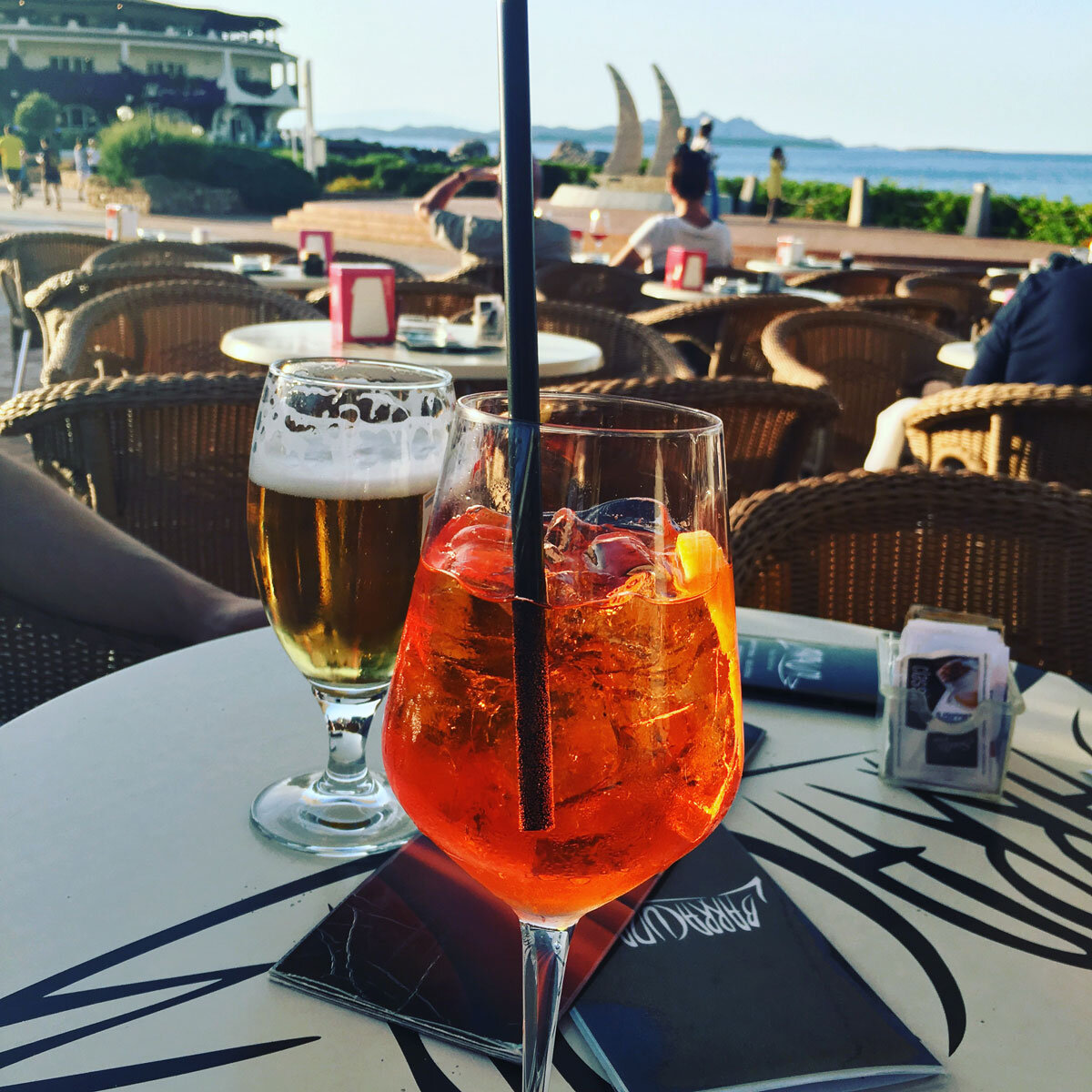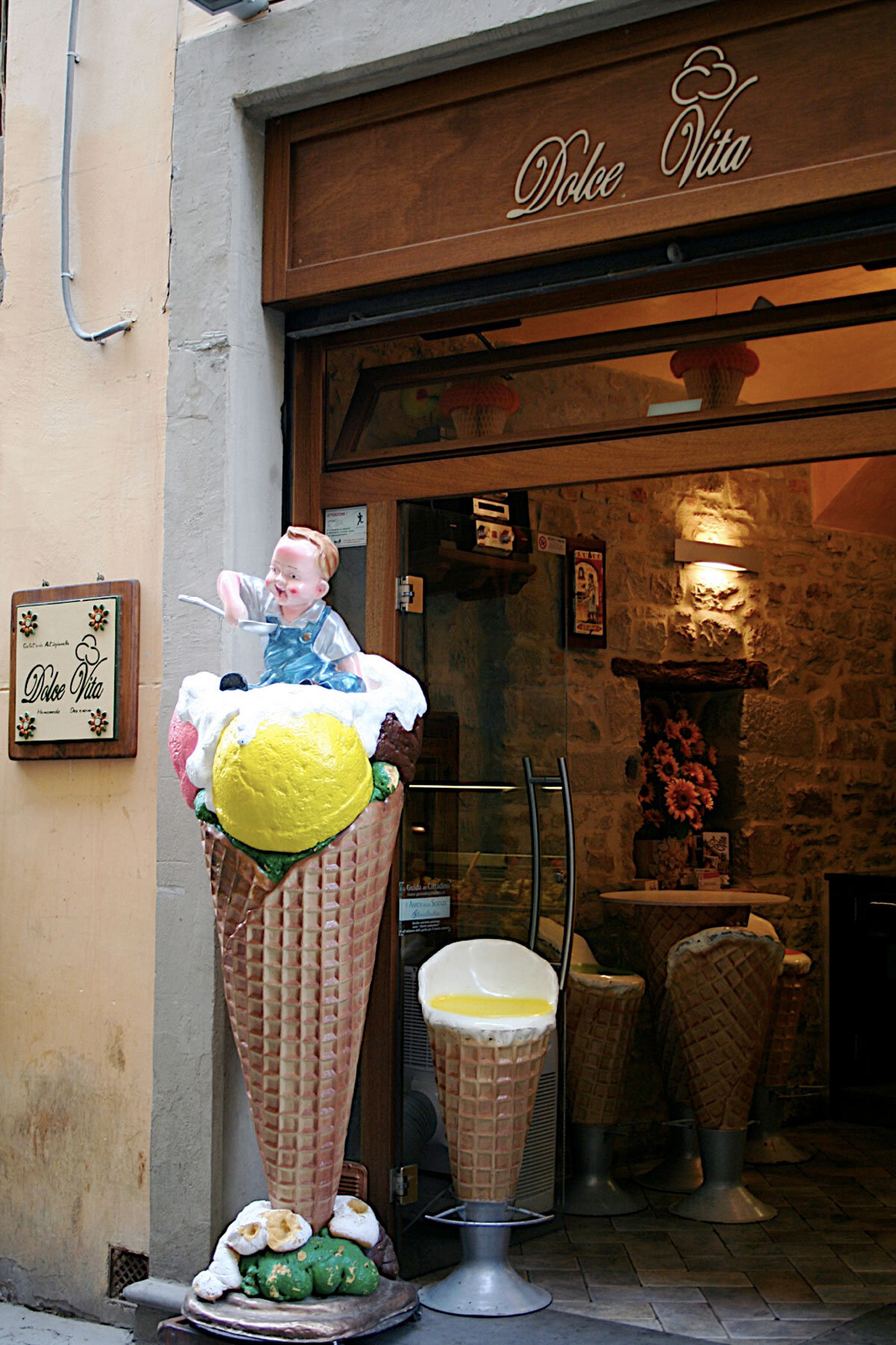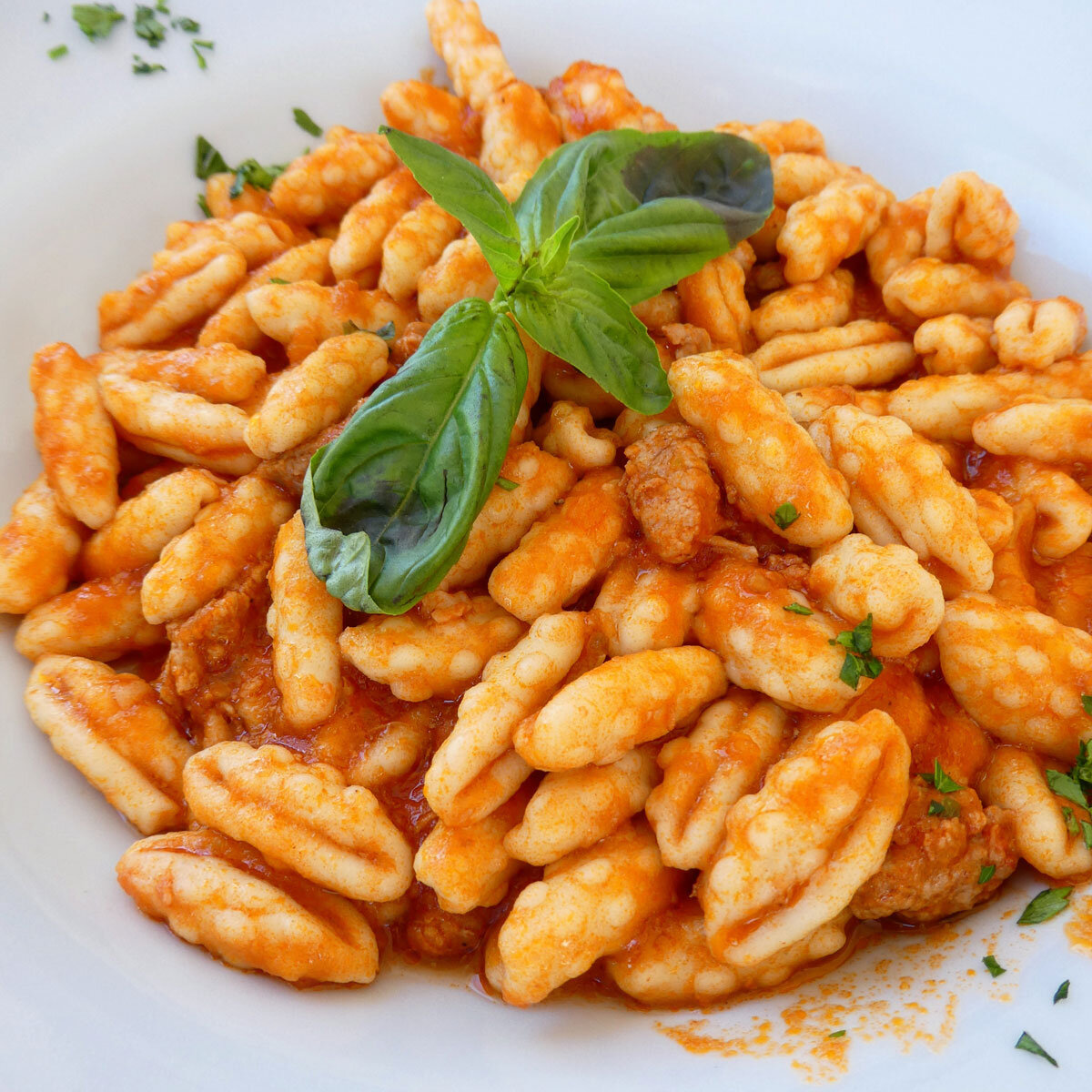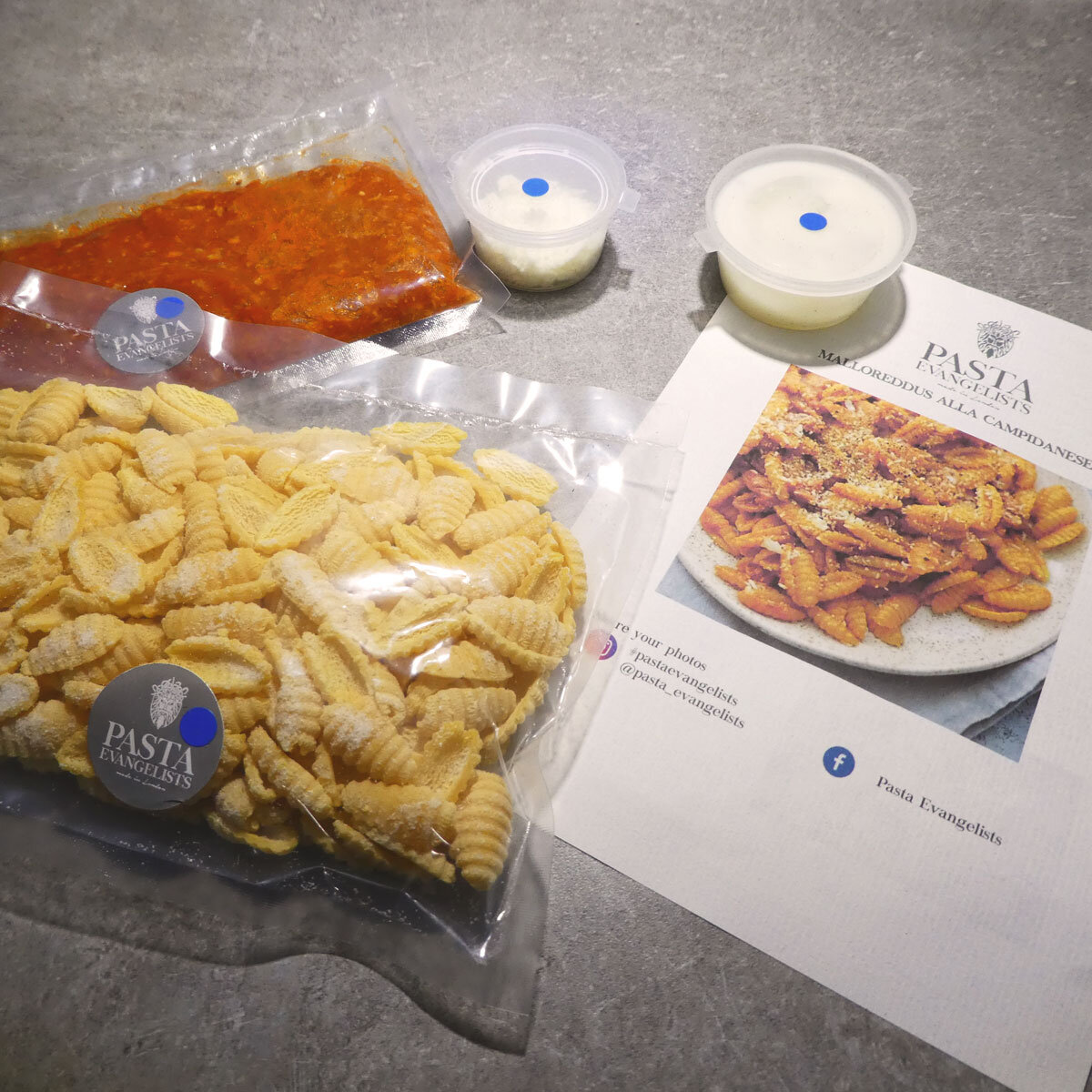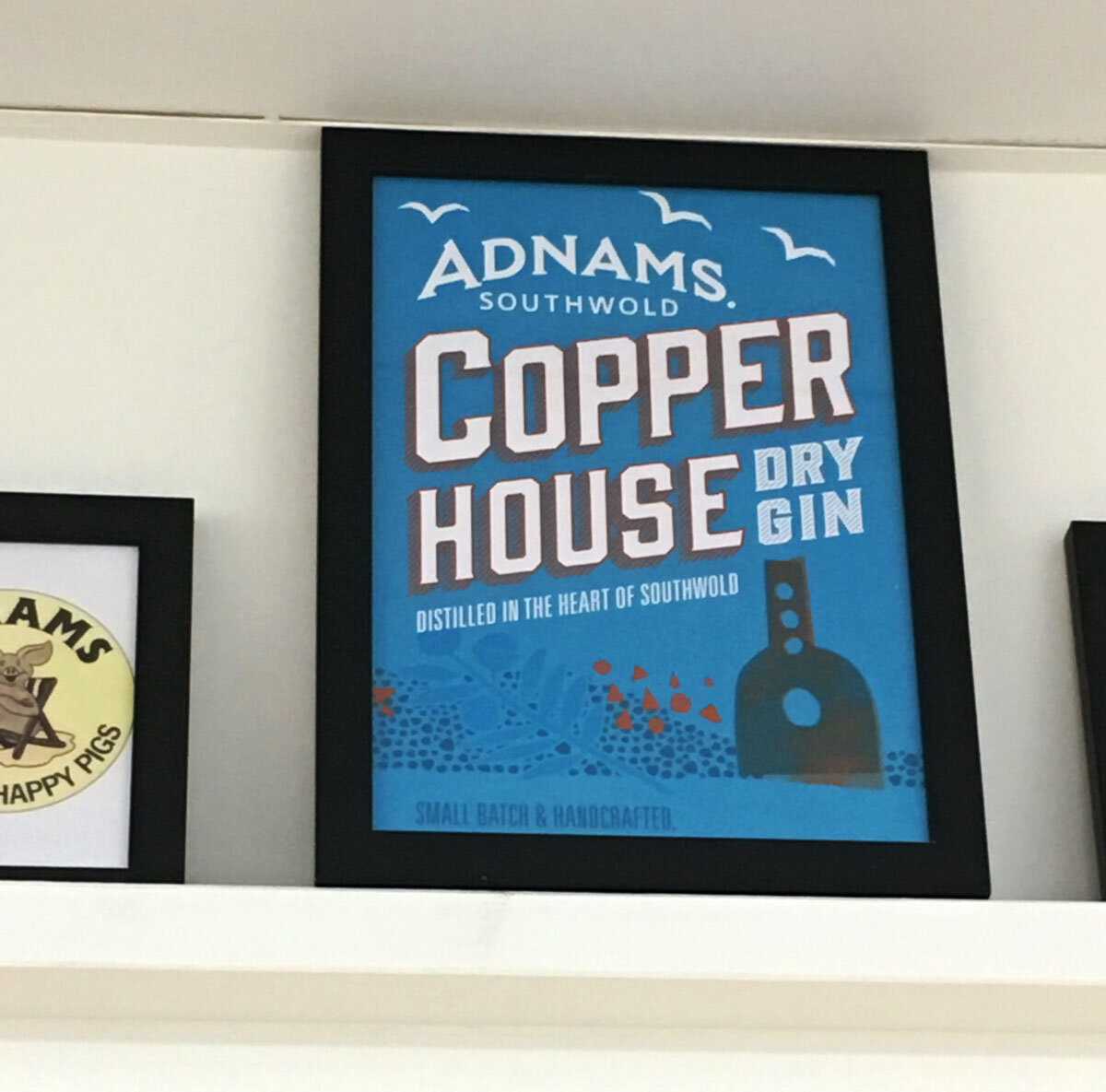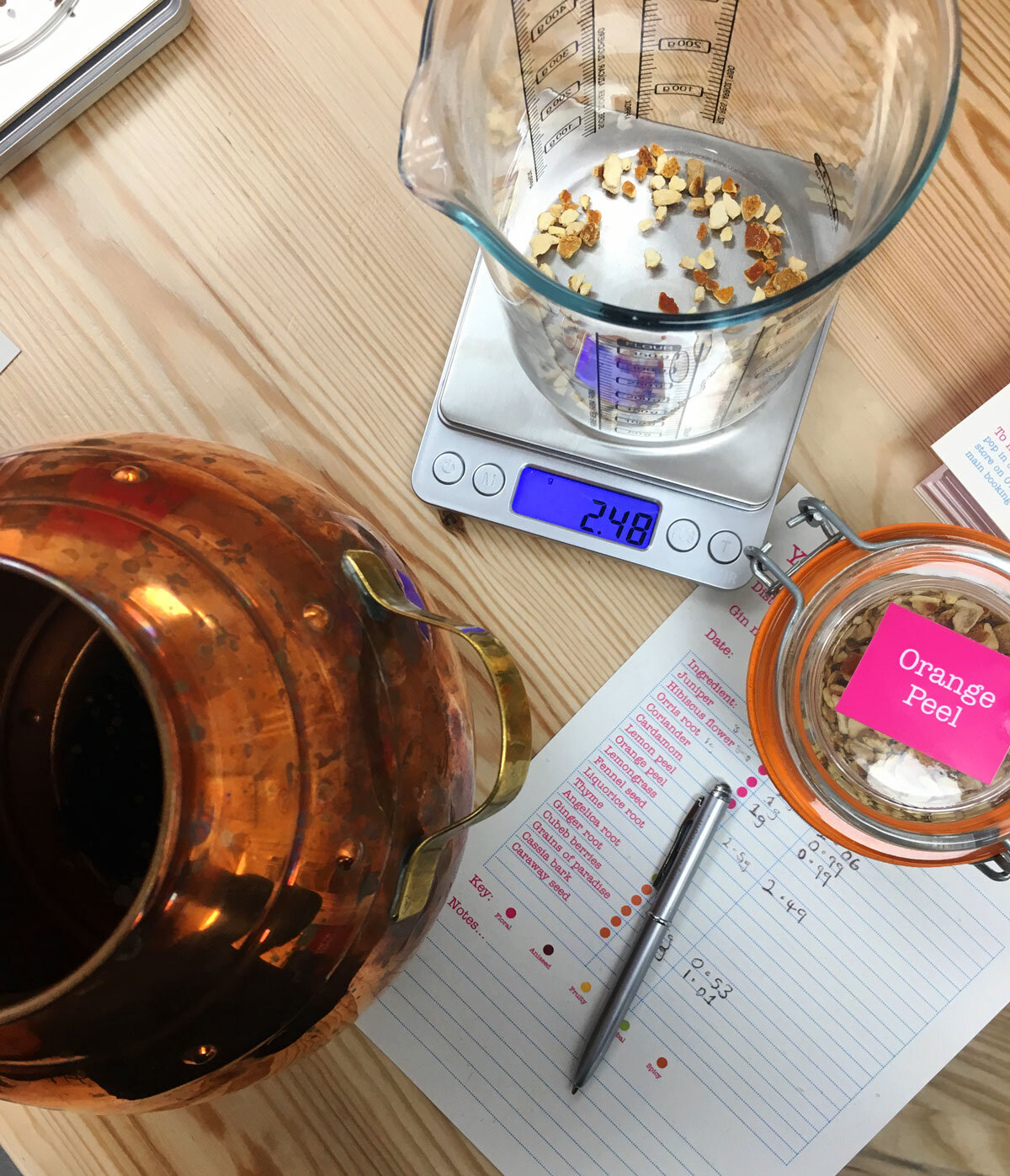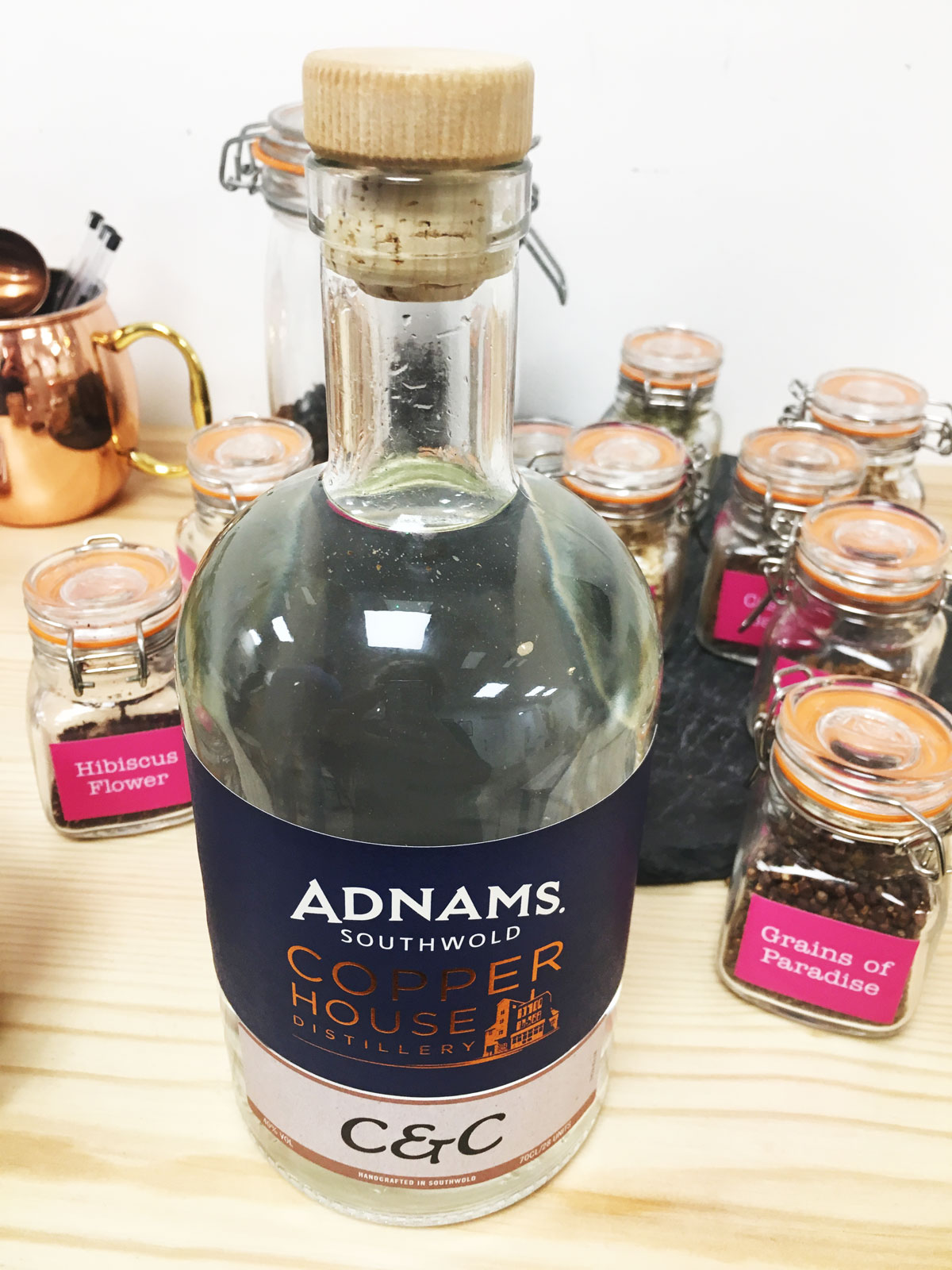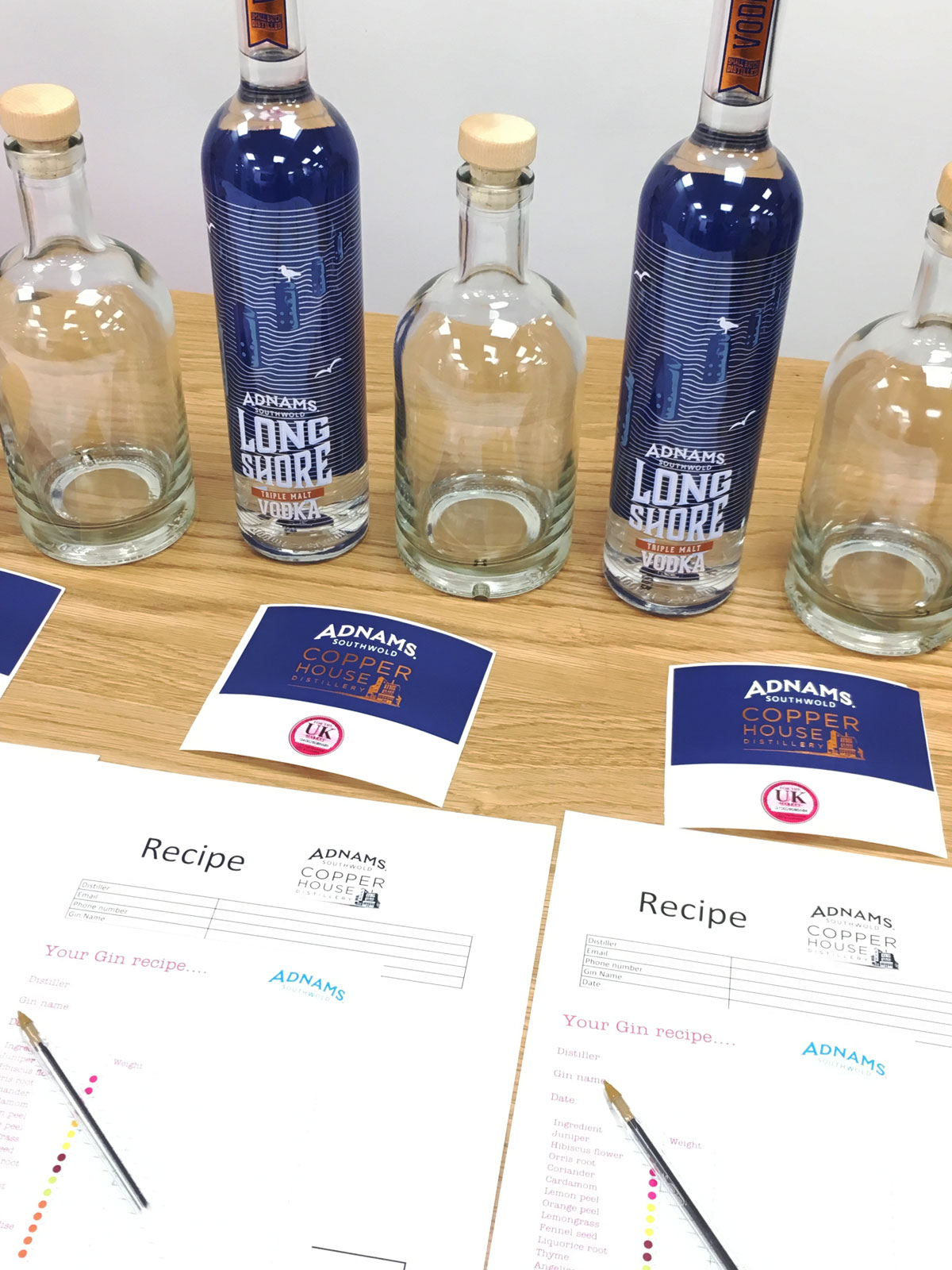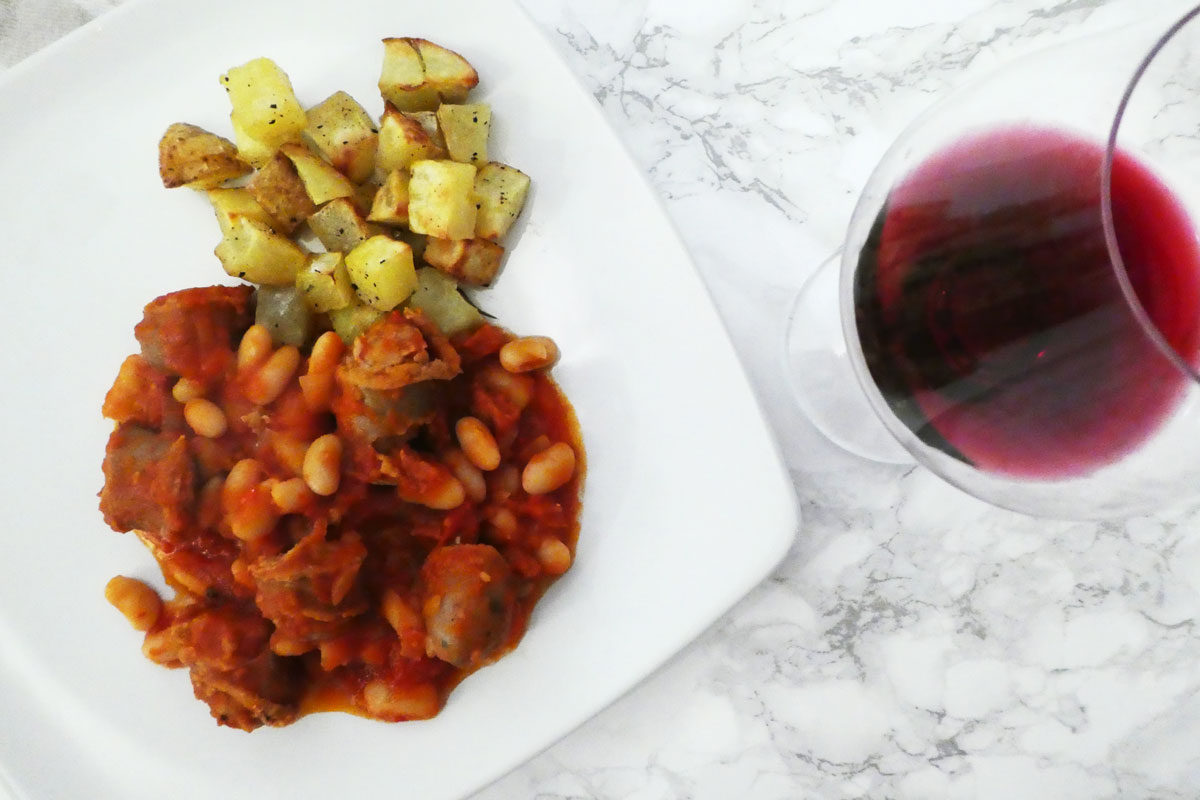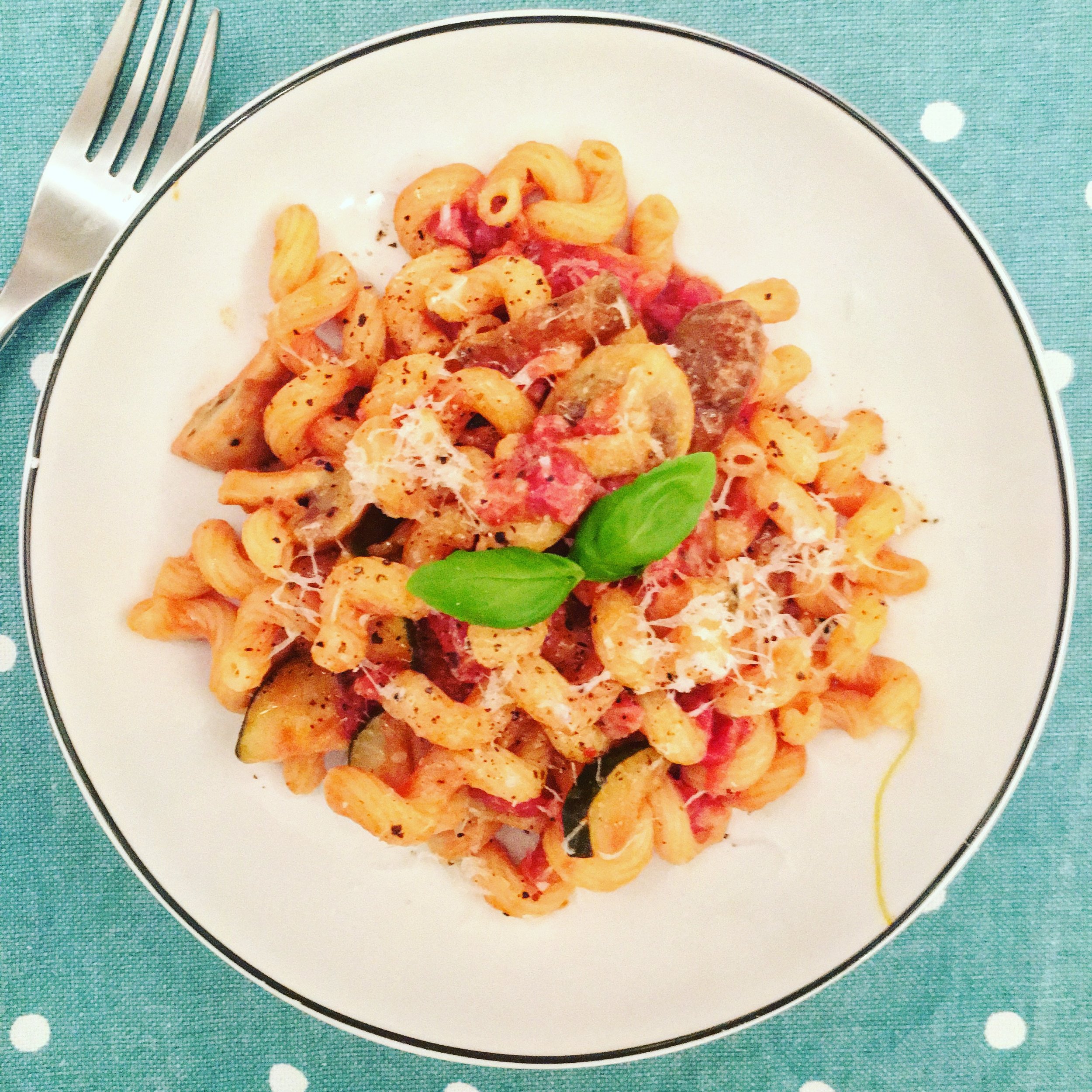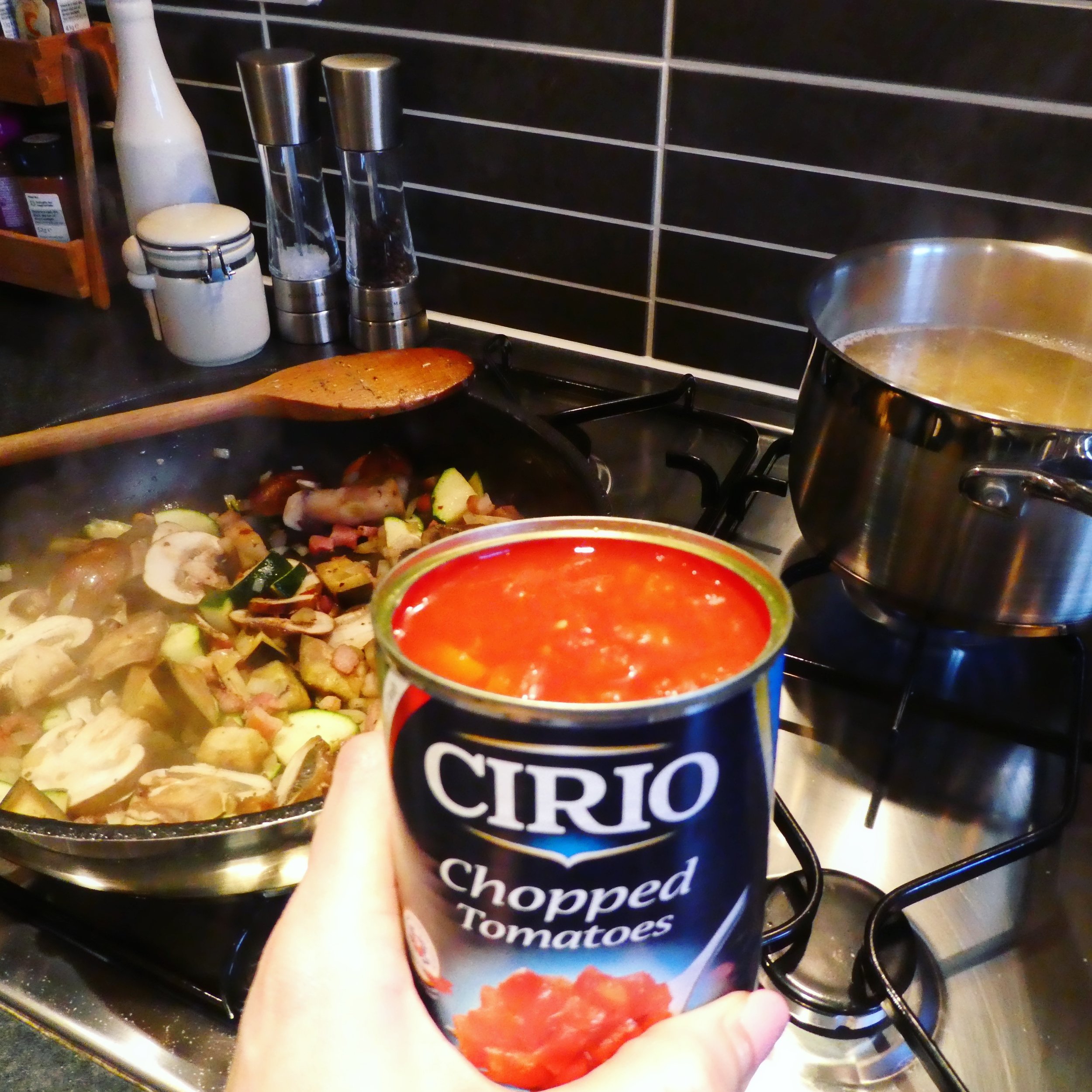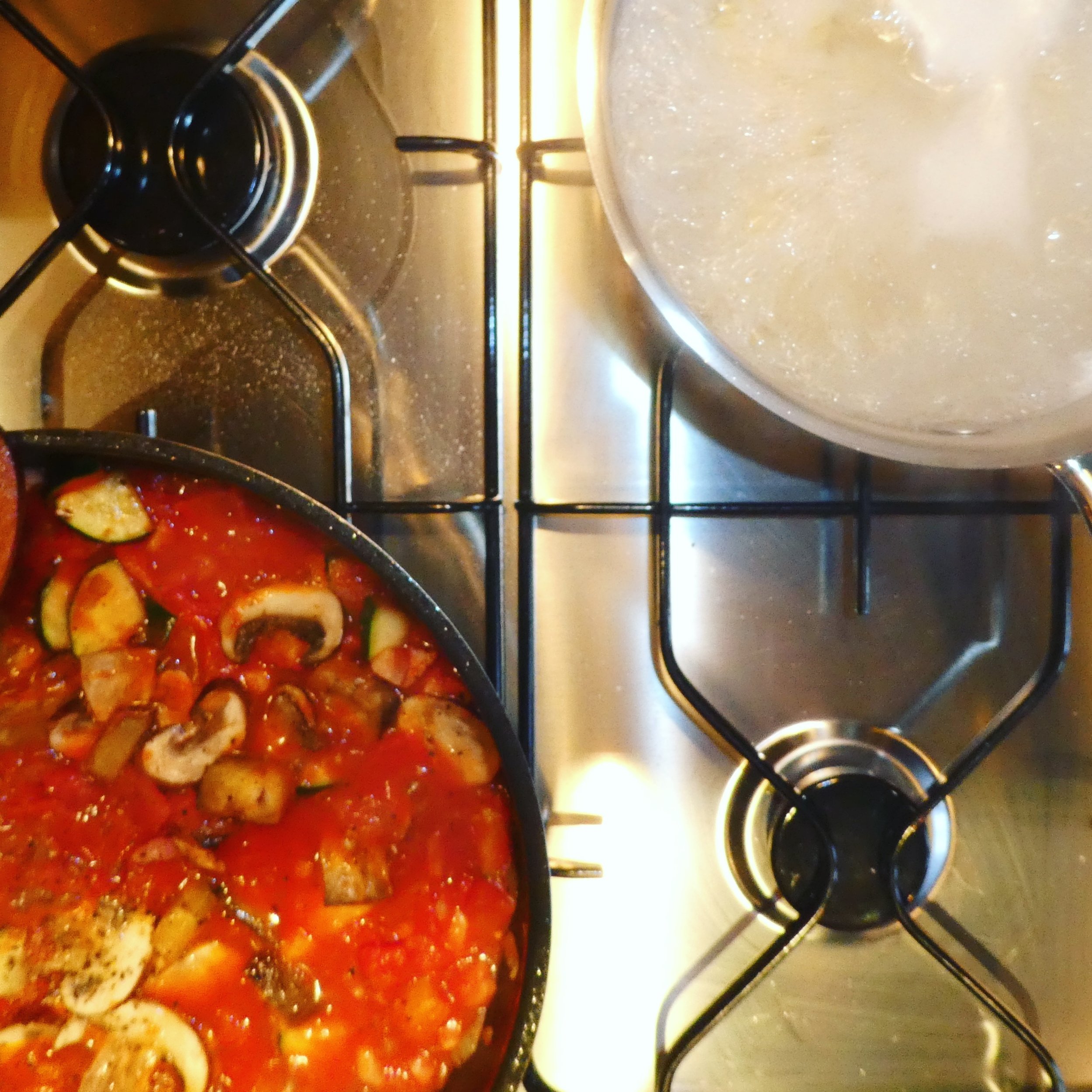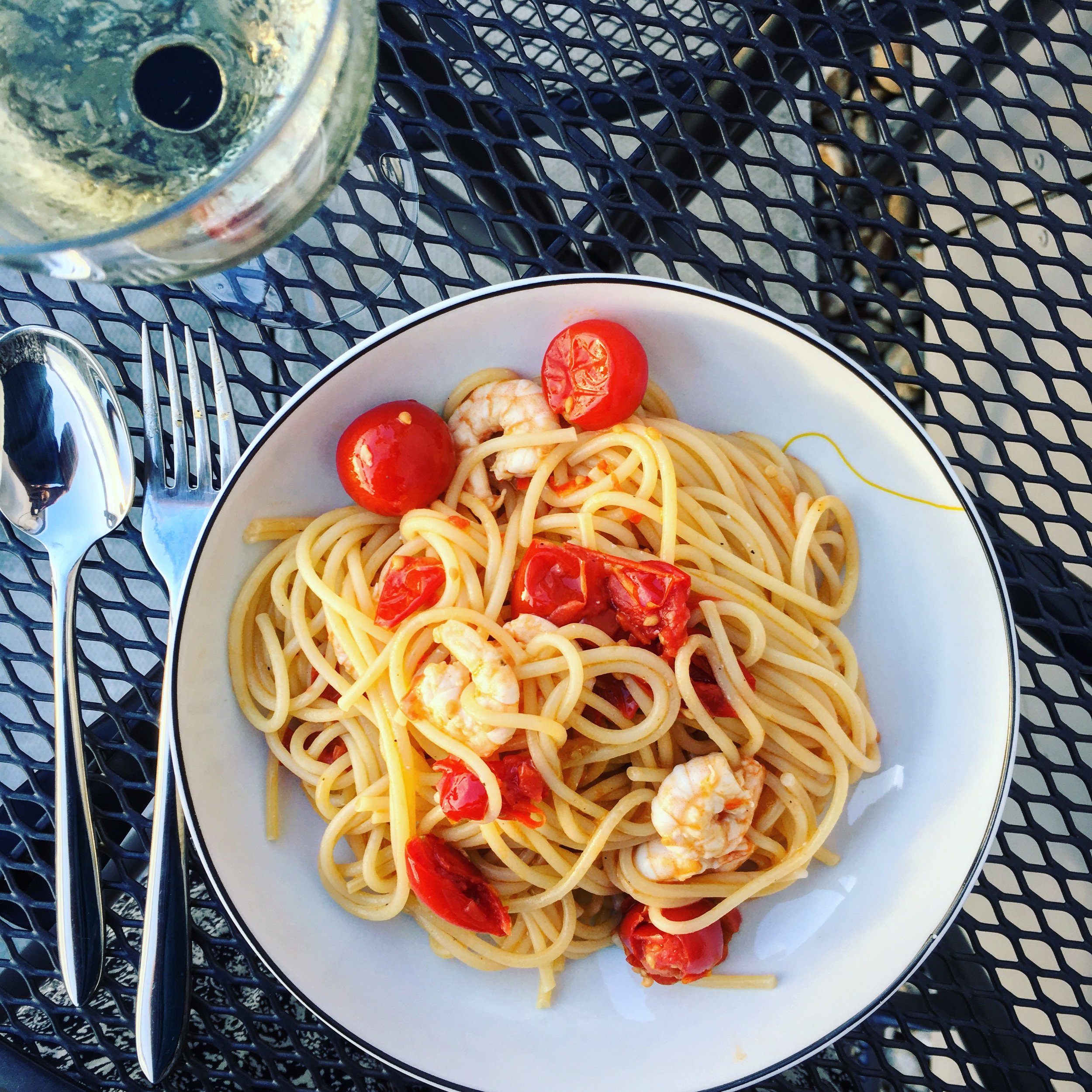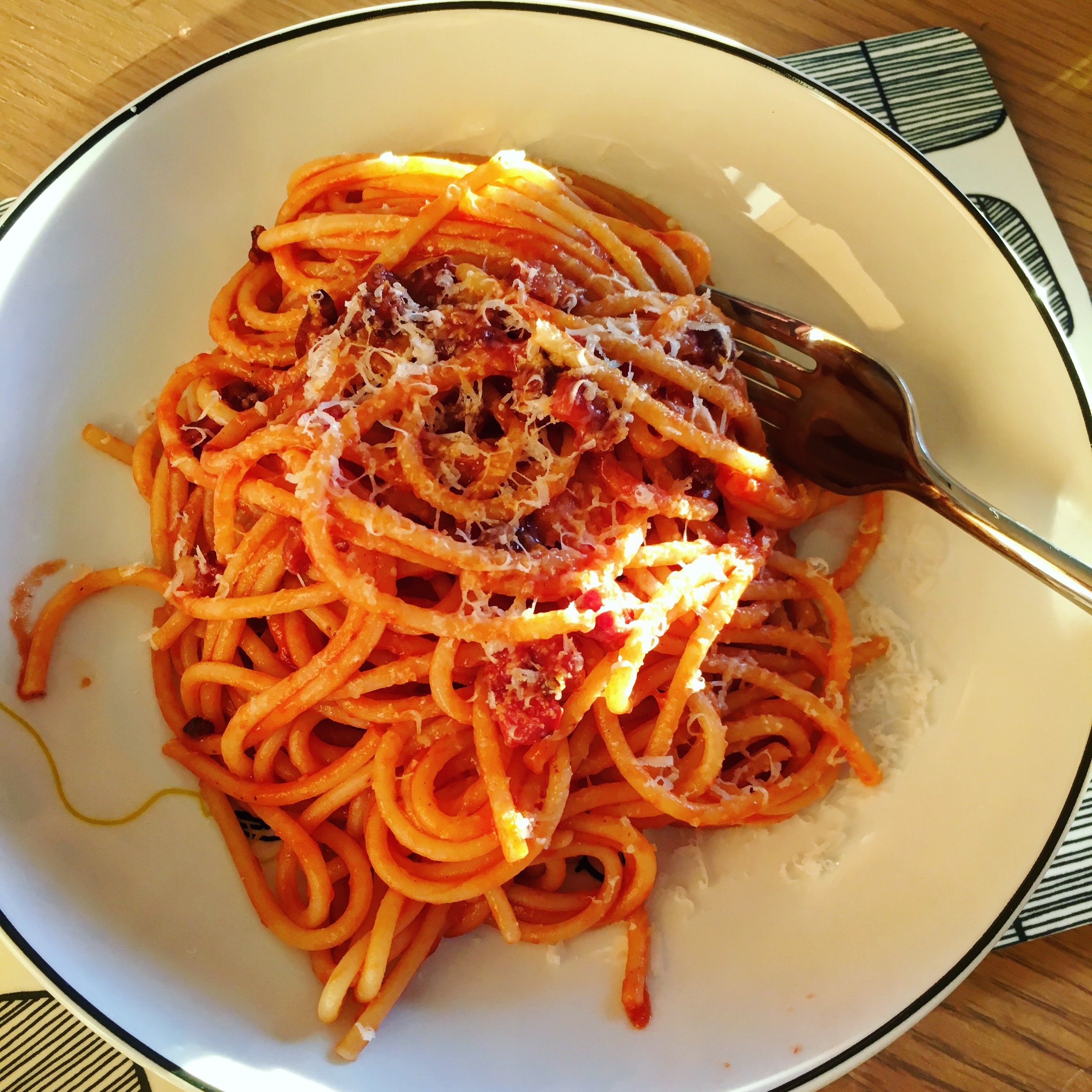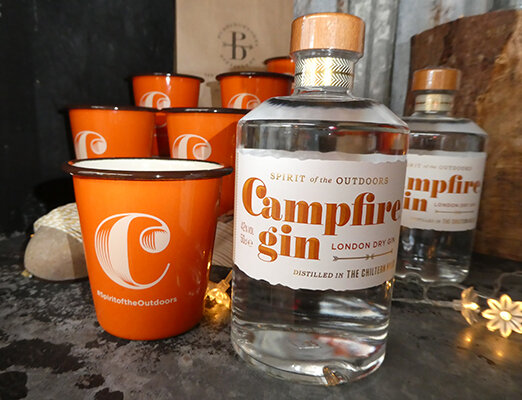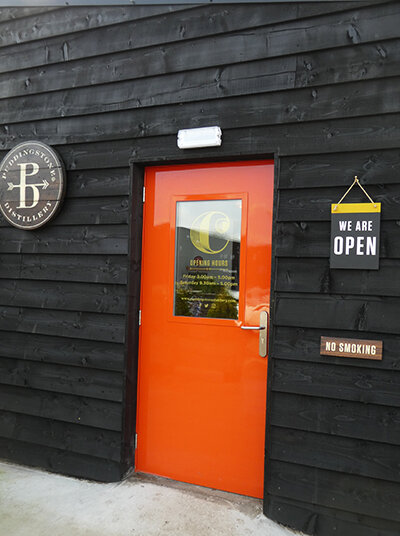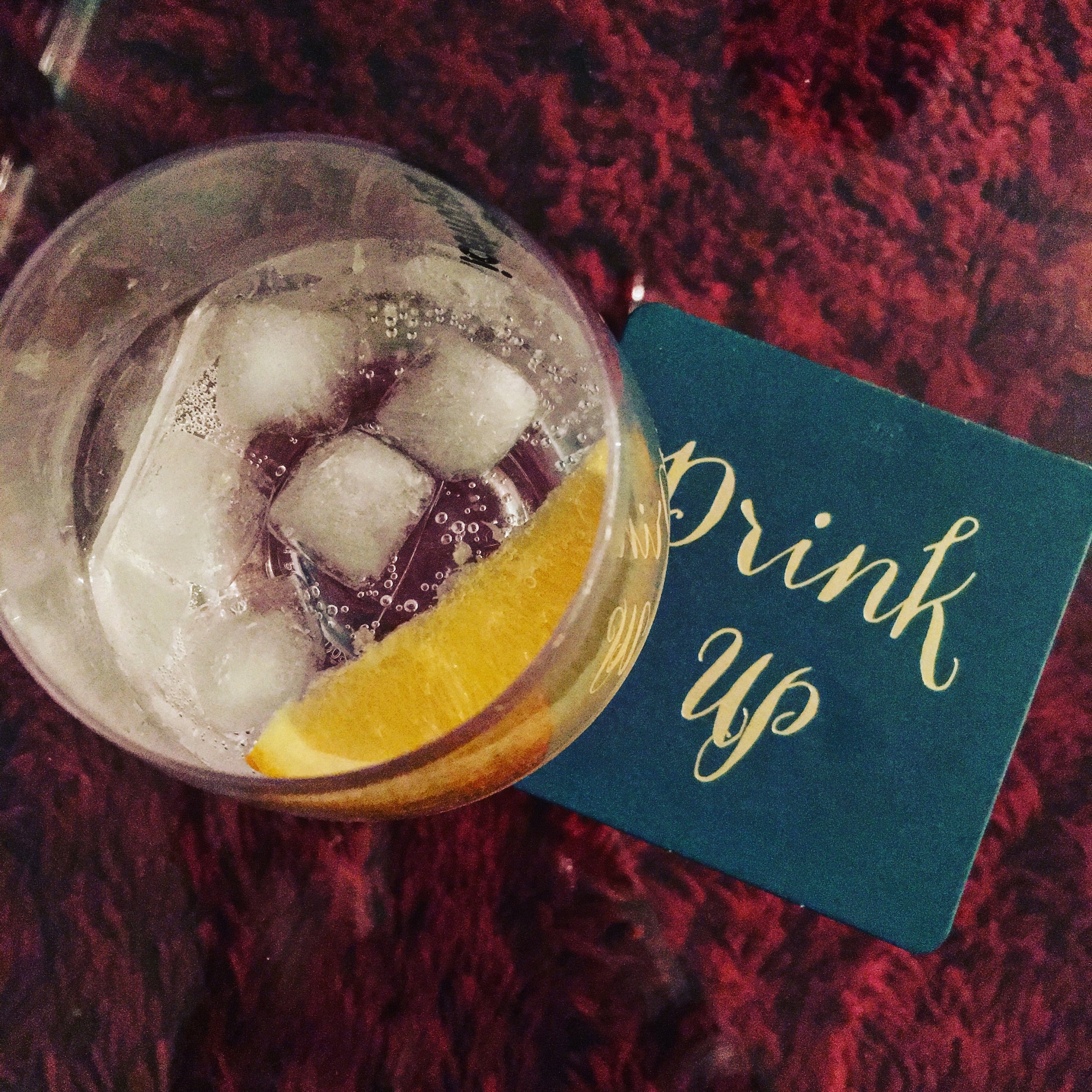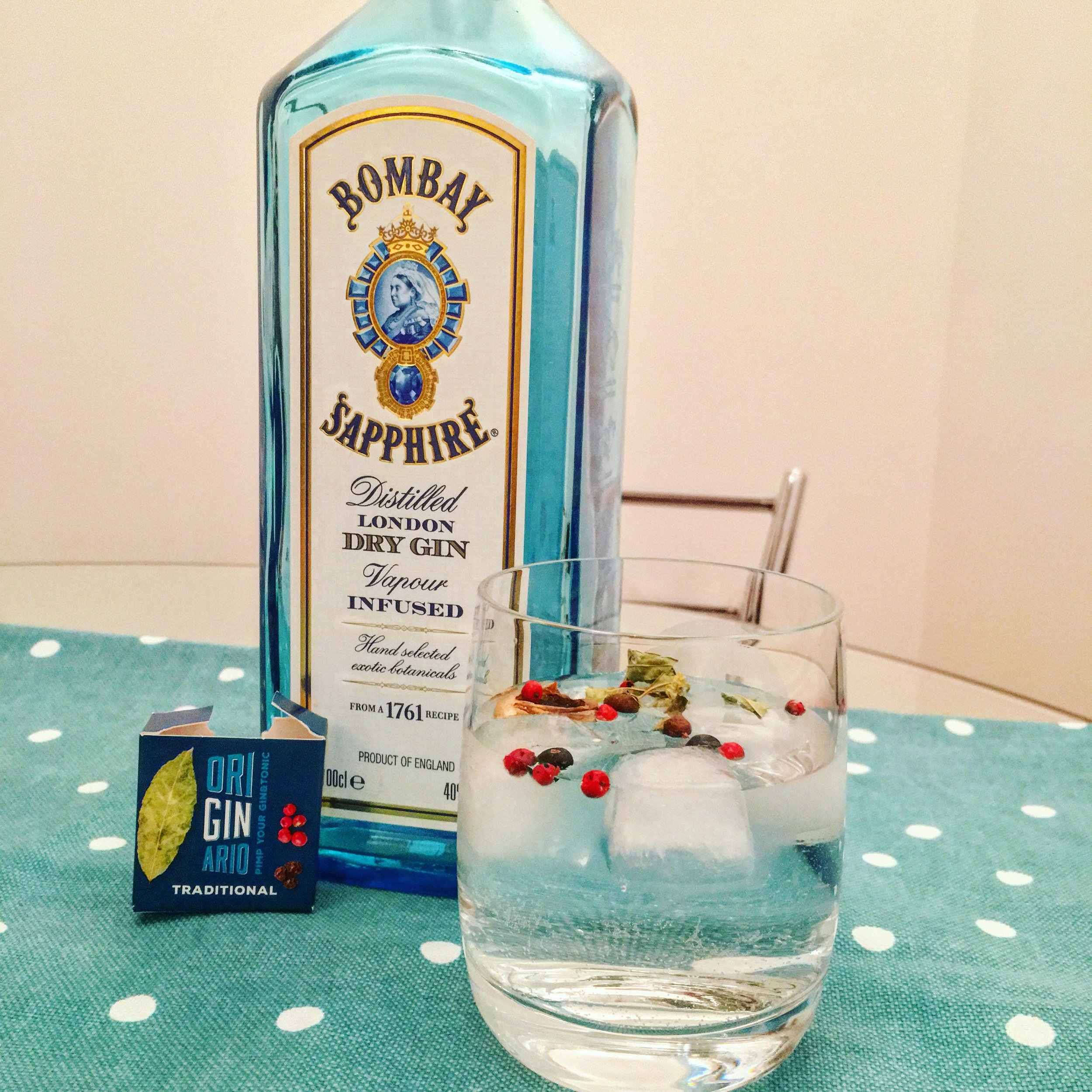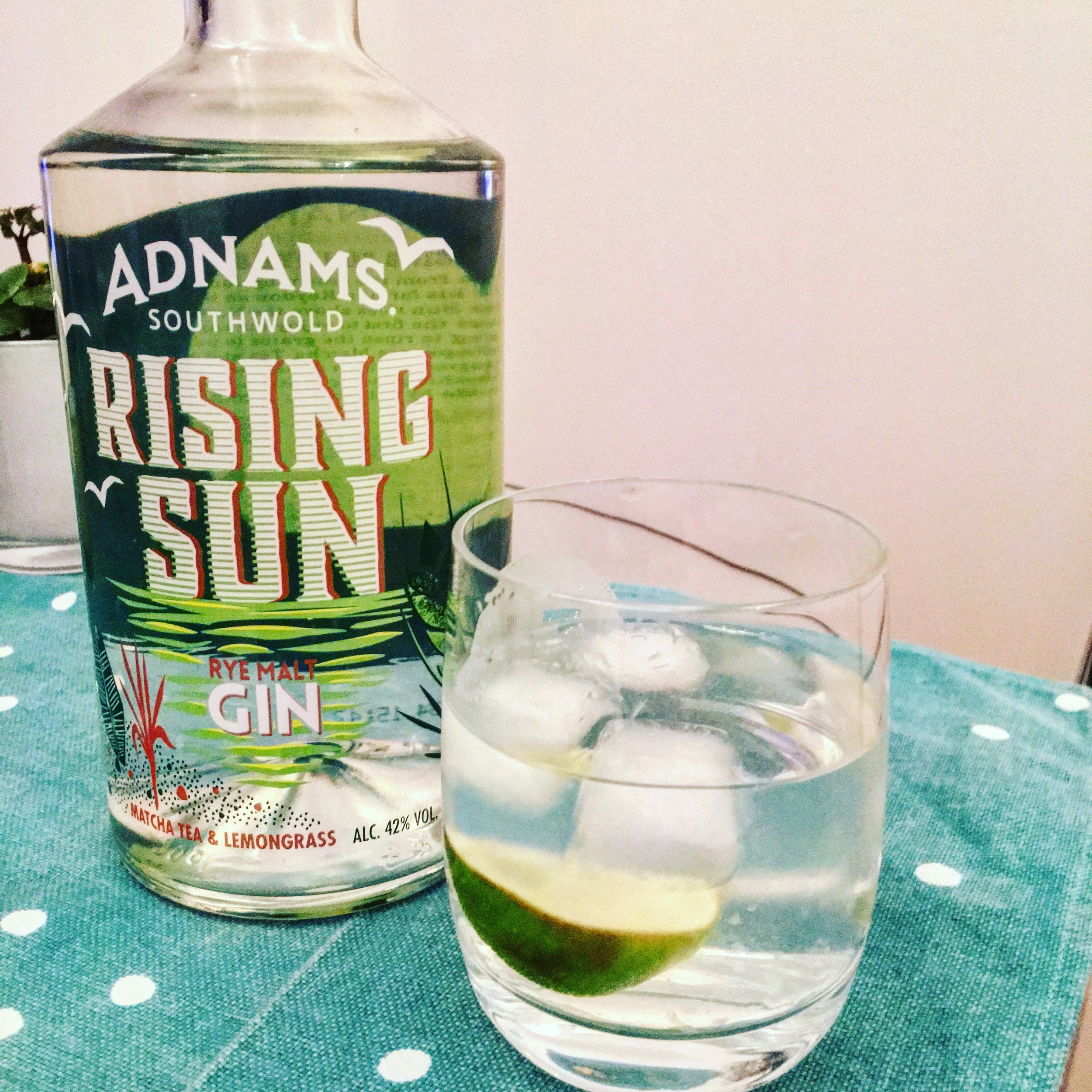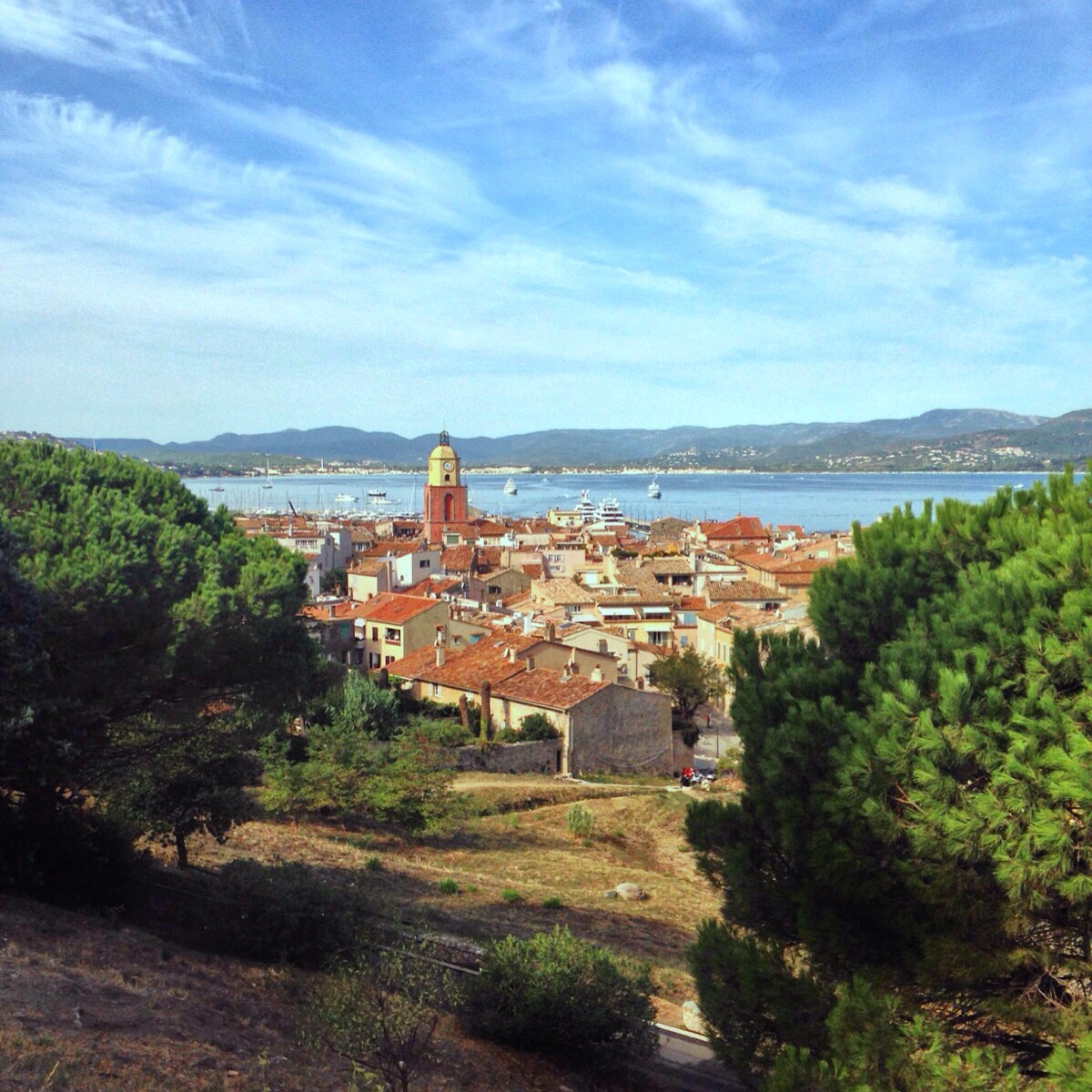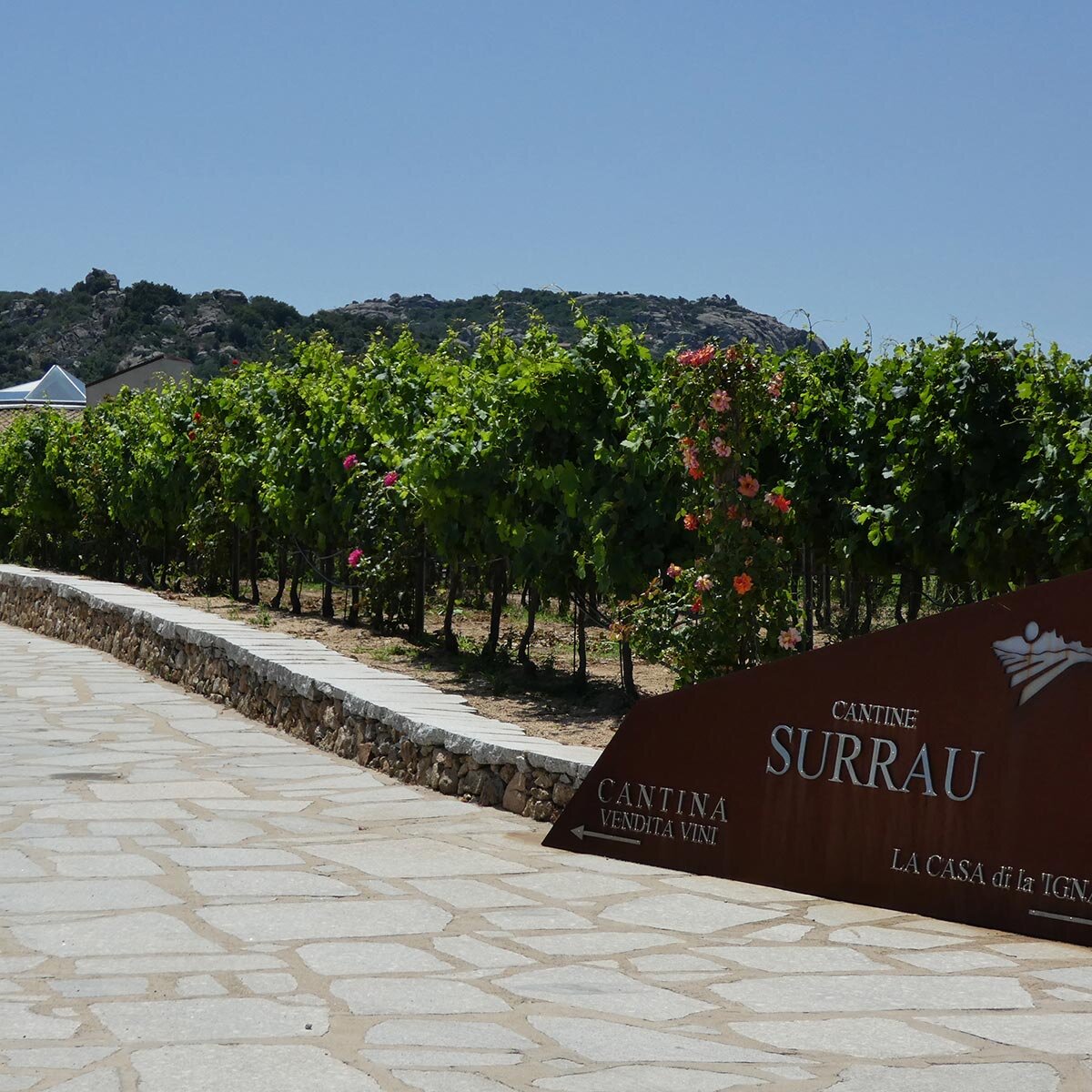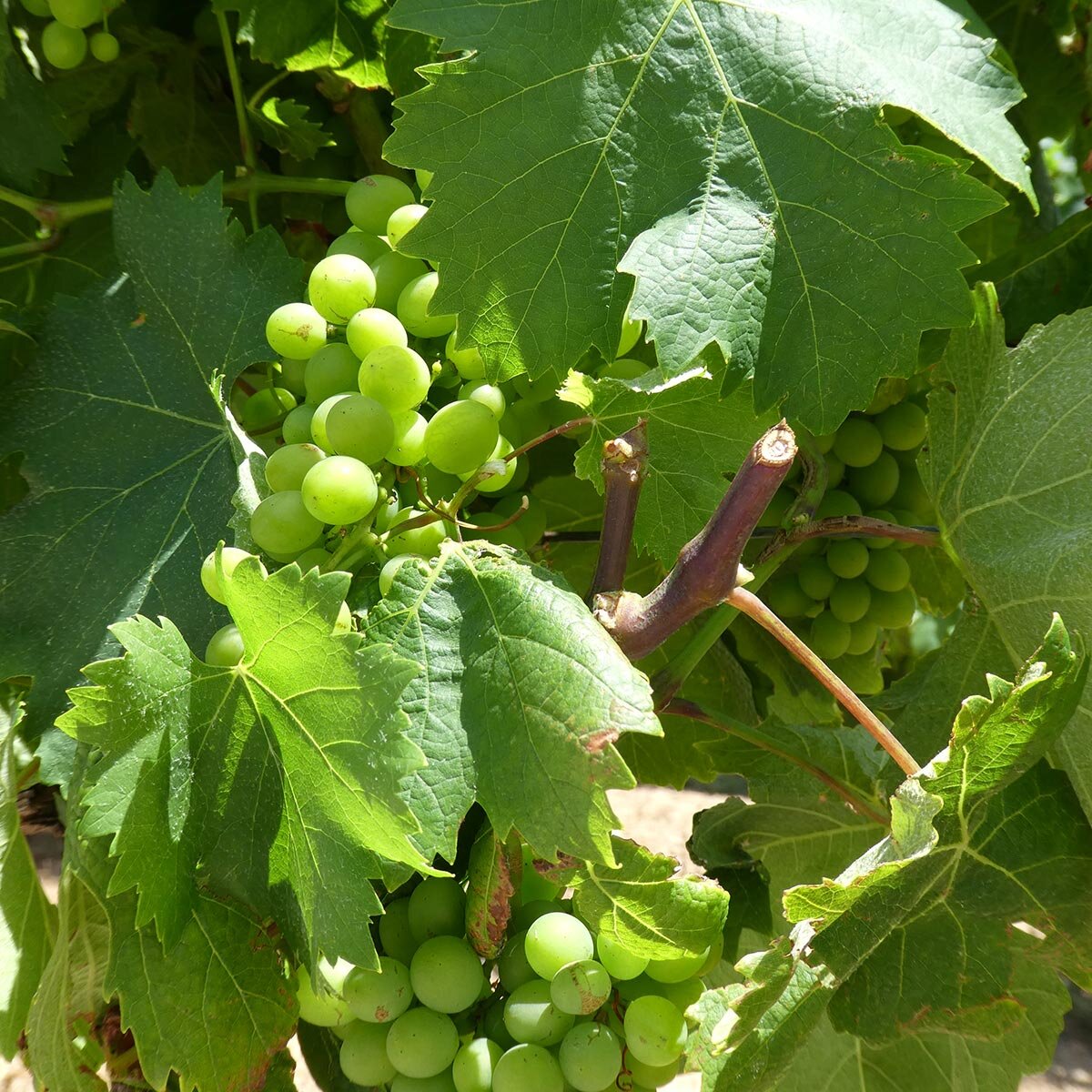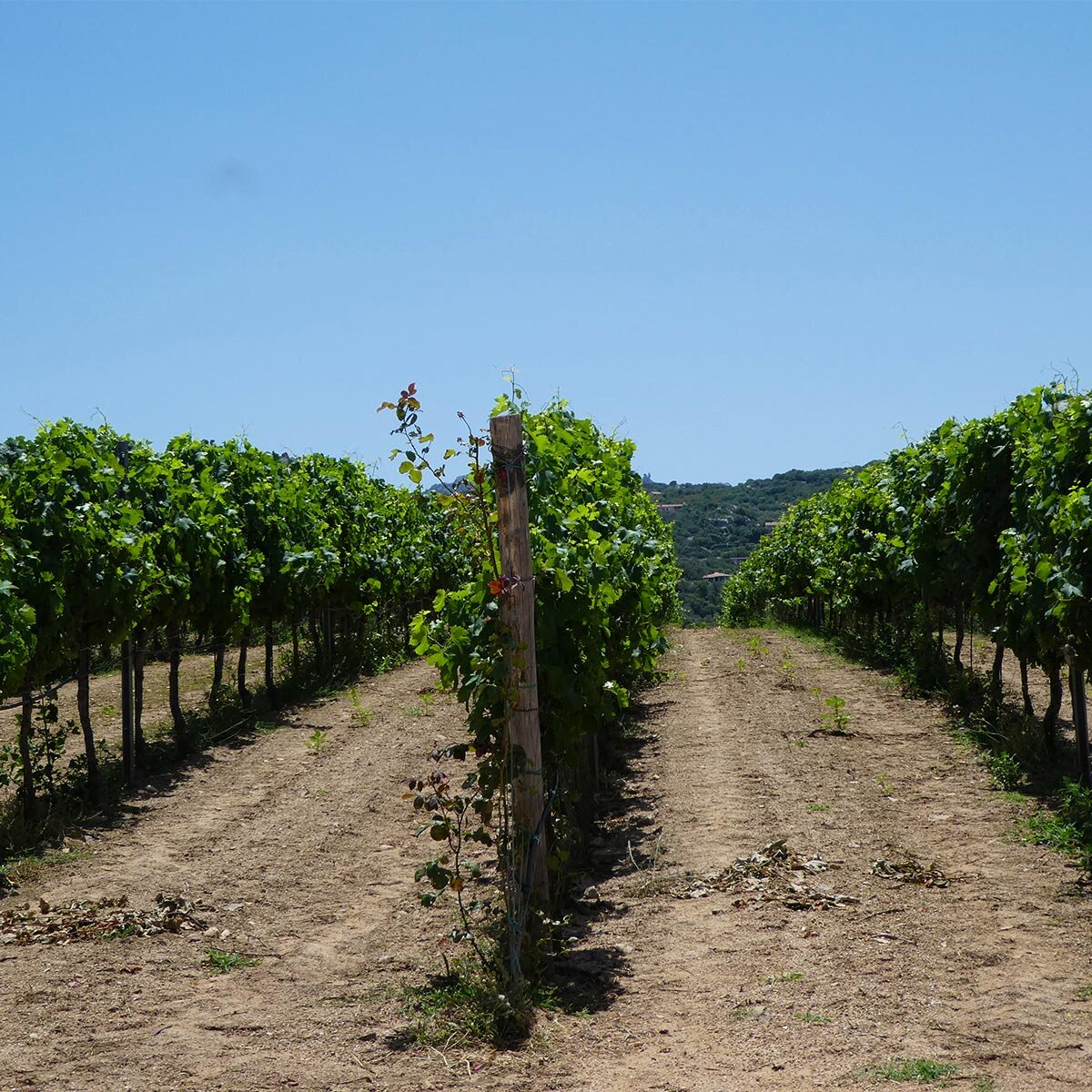Unique hand carved spoons by Will
Find out how Will makes the hand carved spoons that are available in the Cooking & Carafes Shop, and what makes them unique.
One of the items I really wanted to add to the Cooking & Carafes Shop was a beautiful cooking spoon. I always use wooden cooking spoons at home, I don’t know why but I prefer using these to other utensils we have. Of course you can easily buy one of these from a homeware store but the spoons in the shop are special, read on to find out what makes each one unique and how they are hand carved.
Who makes the spoons?
Will Priestley hand carves everyone, he carves the spoons down in Glastonbury, Somerset.
Will’s been making spoons for over six years and refers to himself as a ‘green woodworker’ because he works with fresh wood, rather than dried or seasoned. Will says about the process “It’s very much about using the natural properties of the wood (like natural bends, grain structure, flexibility etc.) to dictate the final product. As such, no two end results are exactly the same.” He always uses sustainable wood sourced from local conservation projects and uses a variety of woods.
Will began spoon carving as a hobby encouraged through his work with a conservation charity where he led volunteer groups on practical tasks like coppicing, hedge-laying and scrub clearance.
He explains “Fast forward to today and the hobby has replaced the work! I still get all of my wood from local conservation projects, foraging my own wood and knowing exactly where it came from and the reason the trees were felled is very important to me. I only carve hardwoods that are native to Britain, my favourites being cherry, sycamore, alder and birch but I’ll give anything go, really!
Aside from the chainsaw that felled the tree, there are no power tools in my process. I saw the wood to size by hand, split and rough shape it with an axe and finish with knives. By keeping my tools extremely sharp, I can leave a beautifully smooth finish on the wood. I like to think of the faceted tools marks as a lasting link between the spoon and its maker so, for this reason, I never use sand paper.”
Like myself with pasta making, Will finds his hobby, and now his work extremely therapeutic and sees it as a relaxing and meditative practice. He says “It’s a wonderful way to take your mind off the stresses of every day life, to connect with nature and see a project through every step of the way, from tree to spoon, in a way that most other crafts cannot. In the same way the food tastes better when you have grown the food yourself, eating or cooking with your own handmade spoons makes any meal that bit more enjoyable!”
Will talks through the process and how he carves each spoon
I start by splitting the wood using an axe and a big whacker (technical term).
Still with the axe, I roughly shape the spoon. The closer I can get to the final shape, the less knife work I’ll have to do.
I use a carving knife to refine the shape. It’s very easy to be complacent and cut yourself so by learning safe techniques and making them habit, accidents become very few and far between.
I hollow the bowl of the spoon using a knife with a curved blade
Lastly, is to soften some of the edges with the carving knife. These cuts are important as they make the spoon more comfortable to use and more durable.
Carefully softening the shape with a carving knife
I let the spoon dry for a few days before I paint the handle or leave it au natural. I use milk paint to decorate my work; it’s a mix of milk protein, lime powder and natural pigment that just needs water. Once the paint is dry, I treat the spoon with pure linseed oil. This helps to waterproof the spoon and bring the colour of the wood out really nicely. After a few more days to let the oil dry (sunlight really helps speed this up), the spoon is ready to be sent out in to the world…
And into your kitchen!
Each spoon has a pointed edge so you can get right round the edges of the pan, this makes it great for things like risottos and tomato sauces. It also means spoons can be right or left handed. I use a left handed one. Please make sure you choose the correct one when ordering, if it isn’t available please email kate@cookingandcarafes.co.uk to be added to a pre-order.
Shop now
Plan your next Italian villa holiday with Bookings for You
Escape to Italy, embrace Italian life with a villa holiday. Take in the food, beaches, and culture - I’ve picked some of my favourite locations to help you plan your next Italian holiday.
If like me, you are still longing for an Italian escape, craving bowls of the freshest pasta, imagining locals calling ciao across piazzas, thinking which flavour of gelato you’d choose, and generally wanting to soak up some Italian sun and spirit then read on.
I’ve teamed up with Bookings For You to bring you inspiration for what Italian holiday to book next, plus offer you an exclusive saving when you enter code COOKINGCARAFES on the booking page (click got a coupon when booking, discount varies dependant on the property).
The Lakes
Lake Como in all its beauty
Let’s start with the Italian lakes, I have fond memories of travelling here as a teenager with my parents. I used to love catching the boats to different parts of the lakes. We visited both Lake Garda and Lake Maggiore (Lake Como is next on my list!), and I loved the beautiful, bright streets filled with bougainvillea and bright buildings as you came into each small port.
The lakes are all situated in the Lombardy region. Expect to find a mouth-watering array of meats and cheeses, coupled with earthy dishes that reign from the nearby mountains.
Lake Maggiore
One of my favourite cured meats is from this region, Bresaola. This meat is cured for a relatively short amount of time in comparison to some others, and is recognisable by it’s much brighter, and richer colour, with a faint marbled effect. If you’re ordering antipasti enjoy a delicious large plate of bresaola, often served with parmesan shavings, rocket and a drizzle of olive oil.
Another dish of the region is Risotta alla Milanese, a beautiful, bright, yellow risotto infused with saffron to bring its vibrant colour and subtle taste that pairs perfectly with ossobuco. Ossobuco is veal, very slowly cooked in white wine, stock and some veg until it is falling off the bone. It is often served with Risotto all a Milanese, it is a melt in the mouth combination and is making me hungry just thinking about it!
One other item you can’t miss is Taleggio cheese, this soft, creamy cheese has a mild but distinct fruity flavour. You’ll probably smell it before you taste it but don’t be deceived it’s one not to miss, either on its own or within a dish.
If I’ve made you hungry for a holiday in the lakes, take a look at the wide range of accommodation on offer at Bookings for You at Lake Maggiore, Lake Como & Lake Garda. Use code COOKINGCARAFES at checkout for an exclusive discount.
Le Marche
Let’s travel south a little to the region of Le Marche, set on the Riveria del Conero on the east coast along the Adriatic Sea, this lesser visited region is stunning. A little more untouched, and rugged but no less beautiful than neighbouring Umbria and Tuscany. With national parks to explore if you love the great outdoors as well as lazing on white pebble beaches, this is the perfect getaway.
Le Marche
Expect to enjoy a chilled glass of verdicchio famous to the region in your villa, enjoy it with fritto misto, stuffed olives or even a fish stew. This region is abundant in food, from the cattle and meat from the farming inland, including eggs for pasta, truffles, and some of the best olive oils come from this region, you’ll also find fish aplenty from the Adriatic coastline!
Fritto misto
Book your perfect stay in Le Marche with Bookings for You – don’t forget to use discount code COOKINGCARAFES for your exclusive saving
Sicily
Let’s continue our journey south to Sicily. The largest island in the Mediterranean, well known for its crystal clear waters, changing landscape, its Byzantine history and of course its famous volcano, Mount Etna.
Sicily encapsulates its many influences across the island from African to Greek; from historical sites such as Syracuse where you’ll find a Greek theatre dating back to 5th Century BC; to dishes like pasta con le sarde with North African influences such as pine nuts and raisins, combined with the island’s fresh sardines, wild fennel and toasted breadcrumbs.
You’ll also find familiar dishes like pasta alla norma, made with aubergine and ricotta salata (follow my recipe). However you can not visit Sicily without trying two things, arancini and cannoli.
Arancini, traditionally served as a street food are balls of risotto, deep fried with either a delicious gooey middle of cheese of meat ragu. Arancini are one of my favourite snacks, and recently I’ve taken to making them at home too. Look out for different shapes, some are more conical in shape and stature, and others are round balls of deliciousness!
Cannoli, a sweet Sicilian pastry
Cannoli, a sweet Sicilian pastry filled with creamy ricotta and finished with cocoa, pistachios or citrus peel. Pistachios from Sicily are regarded as some of the best in the world, and are harvested by hand in the town of Bronte, near Mount Etna.
As well as the food and beaches, there are plenty of day trips to keep you entertained if you like to keep busy and use your villa as a base. A trip to the top of Etna is worth a visit, the landscape and terrain is quite awe-inspiring. It was certainly nothing like I’ve seen before. You travel up by cable car and jeep – you can stop en-route at some of the islands small waterfalls, and you may also see locals selling honey and other produce on the side of the road. Or take a trip to the Aeolian Islands, seven volcanic islands form this archipelago, an hour’s boat ride from northern Sicily. Each island has its own unique appeal from the Malvasia wines of salina to the suphur omitting Vulcano!
If you’re looking for some down time and day trips then head to the beautiful island of Sicily, book your stay today with Bookings for You, and use code COOKINGCARAFES at checkout for an exclusive discount
Bookings For You offer a stunning collection of villas across Italy, from the rolling hills of Tuscany to the Amalfi coast. They have some of the finest Italian villas available for rent, from the super-luxurious, to trendy city apartments. All of their Italian villas are handpicked so they can help you find the perfect holiday accommodation. Discount code COOKINGCARAFES applies to villas in all locations so don’t forget to enter it at checkout when you book.
Find out more at www.bookingsforyou.com
Disclaimer: I will receive a small commission from Bookings for You when you book using the discount code COOKINGCARAFES
Have you made the switch to Beeswax Wraps yet?
Find out more about BeeBee Wraps, why I stock them in my shop and why they are a sustainable alternative to cling film.
Long before I even contemplated selling items in the Cooking & Carafes Shop I was using Beeswax wraps, in particular BeeBee Wraps.
Selection of BeeBee Beeswax Wraps
I count myself as an advocate for reducing food waste and also making small, sustainable choices where possible to live a greener life. Beeswax wraps were starting to come to market and these seemed like an easy swap in my kitchen. Rather than using cling film for everything I could use these reusable wraps to cover food, make it last longer and use them again and again. I discovered BeeBee, helped by the fact that were made by a small business owner relatively local to me in Cambridge, I ordered myself a mixed pack online.
I loved the designs and bright colours and it wasn’t long before I also ordered myself a bread wrap for keeping my homemade focaccia fresh.
What are the benefits of BeeBee Wraps?
The 3 B’s of BeeBee & Leaf sum up why beeswax wraps are such a great, sustainable choice over cling film.
They are a back to nature product - returns to earth leaving no trace. This is because they are biodegradable add them to your compost
Better than plastic - keeps food fresher than plastic
Beautiful not boring – BeeBee don’t think the eco-alternative should be a compromise
Why I love working with BeeBee
Kath Austin, Founder of BeeBee & Leaf
Kath, the founder and I share very similar values, not only does she have a passion for positive social and environmental impact she loves good food. She believes food should be fresh, as local as possible and uncomplicated – now there’s a woman after my own heart!
The team at BeeBee share one goal; to reduce plastic pollution. Together they have saved over 17million pieces of polluting plastic hitting our natural world.
The wraps are made with organic cotton and British Beeswax and I love the range of designs that decorate them, so not only do they reduce the use of annoying cling film, they make your fridge look pretty too!
What can you use BeeBee & Leaf Wraps for?
Large BeeBee wraps or Bread BeeBee wraps are perfect for keeping bread fresh
BeeBee & Leaf Wraps are great for so many things, they make food last for longer and help reduce food waste which is something I am always encouraging.
I use beeswax wraps for:
🧀 Wrapping cheese
🥗 Covering leftovers and salads
🥬 Keeping greens and herbs fresh
🍝 Resting pasta dough
🍞 Covering dough to prove
🥪 Wrapping sandwiches / wraps / keeping bread fresh
Once I discovered that they are perfect for wrapping and leaving pasta dough to rest I introduced them to my workshops. I noticed people knew about beeswax wraps but hadn’t seen them and felt how tactile they are or what a great alternative to cling film they make.
BeeBee Wraps quickly became one of the first products I started to retail at the end of workshops and they remain a gorgeous addition to my online shop today.
Why you should make this small sustainable change
More than 1.2 billion metres, equating to 745,000 miles of cling film is used by households across Britain every year – enough to go around the circumference of the world 30 times over!
Did you know cling film is a single use plastic? It takes several years to break down and causes damaging effects to our environment in the way it is produced.
Cling film is made by melting nurdles (tiny plastic pellets) and mixing it with additives. Nurdles' small size and the transportation, handling methods used mean millions of these pellets are spilt in factories every year and are washed straight into storm drains and out to sea.
Nurdles resemble fish eggs so are frequently eaten by marine creatures and birds with harmful consequences. The plastic remains in their stomachs and toxins enter the food chain. You can read more about the damaging effects of Cling Film on the BeeBee Blog.
Make the change today
The Wine List Review
The Wine List deliver unique wines to your door, so you can teach yourself more about wine through guided wine tasting. Read what I thought in this review of The Wine List.
It’s no secret, I love wine. My business name probably gives it away with the ‘carafes’ element, but I’m often found with a glass of the good stuff in my hand.
I love learning about wine and I’m sure like me you have a few favourite grapes or blends that you turn to when choosing a wine, whether that’s from a restaurant’s wine list or picking out a bottle at the supermarket or online shop.
I’m always keen to try new wines, and learn about the grape and the region but my favourite bit is actually the story of the vineyard. They usually have a fascinating family history attached to them where winemaking has been passed down through the generations.
When The Wine List got in touch and asked if they could send me a gifted June Subscription Box to review obviously I said YES!
You can save 30% on your own The Wine List box using discount code: cookingandcarafes30
How it works
The concept of The Wine List is that over a period of time (ideally at least 6 months) you’ll have learnt so much more about how to taste wine, and identify what you like and dislike so that you’ll feel more confident when choosing wines. Josh, the founder is keen to help shift ‘wine snobbery’, taking away a nervousness around the subject and helping people feel confident in their wine choices.
What I like is that The Wine List carefully select and send you wines that you perhaps wouldn’t find more easily elsewhere, this is to help broaden your knowledge while at the same time delivering you a fine wine to enjoy.
Think of it like a mini wine tasting; two bottles delivered each month, tasting notes card and a booklet on all the things you need to consider when tasting wine. Take notes on the tasting cards of things like colour, smell, flavour profiles and finish, all of which you are guided through what to look for and how to do this in your Wien List guide to tasting. Most importantly decide if you like a style of wine or not and keep a note of it!
One of my favourite things is that the tasting notes suggest the type of food to enjoy each wine with, including a traditional local (to the wine region) dish. So if you’re a foodie like me you could cook up something special to try alongside the wine too. The notes also recommend other styles of wine you might like if you like that particular one, so you could always make your next wine choice based on that.
The wines
For June’s Wine List subscription I received a bottle of Lebanese White and a Chilean Red. I’d like to point out how well packaged they came too to avoid any breakages.
The Lebanese White, Massaya was a blend of five grapes and grown on the foothills of Mount Lebanon, I had high hopes for this wine the notes suggested that if you liked it you might like a white rioja (which I do!). It didn’t disappoint, perhaps nothing too stand out for me but I’d happily drink it or a wine like it again if I was looking for something crisp and refreshing on a warm day.
The red was a beautiful bottle from Argentinian producers, I loved the label before I’d even tasted the wine to be honest, Cara Sucia. This for me was certainly very different as usually I’d think of an Argentinian Malbec, but this was very light in colour, had a nice long finish, a little dry but easy drinking. It was nice to discover something I wouldn’t usually have and wouldn’t have picked out. Especially as it was a grape I was unfamiliar with, Cereza, an Argentinian grape. This is also part of Josh’s vision, The Wine List choose lesser-known grapes, from lesser-known regions and wine makers.
My verdict
There’s nothing that pleases me more than a bottle of wine being delivered to my door! I love the concept and I think if you made it your own little event where each month you had a wine tasting night, it works. In terms of value, the subscription is usually £39 a month which I think some will consider high for two bottles of wine, but I would liken it to going out for dinner twice a month and ordering a £20 bottle of house wine, you’re getting better quality wines and having time to appreciate them and learn about them with The Wine List.
While we’re still in these strange Covid-19 times I think this would definitely be something to look forward to each month. You could also arrange a virtual catch up with friends, where you all order a subscription and have a wine tasting over zoom or FaceTime while catching up; each of you picking out the notes you smell, and the flavours you depict.
Sign up and save
The Wine List is fully flexible. That means there's no minimum contracts, and you can cancel or skip deliveries at any time. Find out more and sign up here.
Save 30% on your Wine List subscription using discount code: cookingandcarafes30
I was gifted these wines by The Wine List to give an independent and honest review.
You can watch me doing a Live Tasting, where I taste the wine and explain more about the subscription, over on my IGTV.
What makes shopatseed pasta bowls so special?
Find out about how Gabby from shopatseed and I came to collaborate and more about our beautiful pasta bowls
When I first received a message from Gabrielle on Instagram I couldn’t quite believe she wanted to collaborate with me, she was offering to lend me some of her beautiful ceramics for my photos. I’d been ogling over her feed and each individual piece for a while, so you can imagine the excitement when I got her message.
Gabby designs and creates hand made ceramics in her home studio in Ashdon, Essex. She makes everything using her own glazes, and uses these to make her work stand out by allowing the underlying clay to be visible while the glazes drip and splash across them.
When we finally met in real life we realised we had a lot in common. We both loved food (obviously), we’d started our businesses at similar times and we were both looking to grow our ventures, trying to squeeze in all the necessary time between our daily lives (and we still are).
How our pasta bowls turned from concept to creation
Amongst the many beautiful pieces of Gabby’s work she leant me was a gorgeous white pasta bowl - I loved it. I wanted to plate up every pasta dish in it. The ridges set off pasta perfectly, pasta wrapped up into a nest sat perfectly in the middle, set off by the grooves around the edge of the deep bowl.
I loved it so much that Gabby gifted me the bowl, which now sits proudly in my cupboard and you’ll see plenty of shots of it on the blog and my social feeds. While we were exchanging all these items I was working on my online shop, and after a few hectic months we finally sat down to talk about both our plans and how we could work more closely together.
We wanted to create the perfect collection of pasta bowls so you could all fall in love with them as much as I did! Here’s how we went from concept to creation.
The design
We decided a version of my beloved bowl was a must, the Tuerredda. Gabby suggested we make the grooves a little shorter to make it easier to scrape up all the last bits of pasta and sauce, so that’s why you’ll find the grooves decorating the edges but not interfering with your fork as you scoop up your final mouthfuls. Although we love the depth of the Tuerredda we also knew some dishes might be better in a shallower bowl. Gabby created La Maddalena, with its lower edged rim and shallower depth it’s perfect for raviolis, risottos and filled pasta.
We know not everybody is going to choose a certain bowl for a certain dish, but we thought this was important for choosing how we made the perfect pasta bowls.
Colours
I knew I wanted a Mediterranean vibe so the bright turquoise and classic white were an obvious choice. Gabby loves the black glaze which its smooth matte finish and lovely depth of colour sometimes containing shades edging towards green and even bronze. That’s why we called this collection the Tuerredda. Named after my favourite beach in Sardinia, which sprawls along the southern coastline with its crystal clear sea, white sandy beaches and the mountainous backdrop you weave your way along to reach the beach.
La Maddalena with its blue splatters on a white glaze represent the Archipelago on the north east coast of Sardinia, a cluster of rocky islands that lie amongst the deep blue waters. The splatter effect the whole bowl brings dashes of colour which makes it perfect for setting off a dish.
Individuality
Each bowl is handmade by Gabby which means each bowl is individual in its own right, each splatter, each drip is unique to the bowl. No two bowls will be the same, which is part of the reason we love them. They’re as individual as you are.
We wanted you to be able to mix and match depending on your style, and choose the perfect combinations of bowls and colours.
Practical for every day
We know these bowls are beautiful, but we don’t want you to just put them to one side for special occasions (although I confess I still save mine for just that!). That’s why Gabby makes her ceramics so they are dishwasher safe, because let’s face it we all need to make our lives a little easier at times and as two women juggling businesses, families and day jobs between us we know the little things can make a big difference.
Find out more
La Maddalena and Tuerredda are exclusive to Cooking & Carafes and available to order on my shop, but you can see more of Gabby’s work at www.shopatseed.co.uk and on her beautiful Instagram @shopatseed
Recipe E-Book with Plantui
Download my free Recipe E-Book. Five delicious recipes using fresh herbs from my Plantui SMART GARDEN
I’ve teamed up with Plantui for a Recipe E-Book. You can now download our E-Book which includes five delicious recipes using herbs from my Plantui SMART GARDEN.
Recipes include...
Linguine, Prawns and Parsley
Mediterranean Cous Cous with Basil
Homemade Lasagne
Mexican Inspired Bruschetta
Spinach, Sage and Ricotta Stuffed Chicken
Plus Save 25% on any Plantui product with code COOKINGCARAFES in their online store
What is a Plantui SMART GARDEN?
One of the most commented on additions in my kitchen. Resembling something a little futuristic, my Plantui SMART GARDEN adds something unique to my kitchen, but it means I have fresh herbs to hand all the time. The benefit of a Plantui SMART GARDEN is everyone can have one, you don’t need a garden, or a windowsill, you just need a plug!
Plantui Smart Garden
It's a unique all-in-one indoor garden device, with its intelligent light system and automatic watering pump helps you to grow fresh, tasty and pure greens year round. Grow your favourite herbs, salad greens and edible flowers from seed to full grown plants. No soil, no gardening skills needed!
Save 25% on any Plantui product with code COOKINGCARAFES in their online store
Find out more about Plantui and their products by visiting their website or signing up to their newsletter.
Share your photos with us
We’d love to see any of your photos of our recipes you make so make sure you tag us @CookingCarafes and @PlantuiOfficial on any social media and we’ll share your dishes!
#DolceVitaBloggers Food & Drink edition!
What's my favourite Italian Food and Wine? Find out in this #DolveVitaBloggers link up
I admit I’ve been very poor at staying on top of the #DolceVitaBloggers monthly topics (sorry ladies!) but I couldn’t miss this one… Favourite Italian Food and Wine
I mean where do I even start with this? Italian Food and Wine is some of the best in the world. Recipes use simple, seasonal ingredients to create dish after dish of mouth-watering, heart warming dishes. Try as you might you’ll never quite recreate the same taste anywhere else in the world, because no one else can conjure the sights, sounds and smells of an Italian Piazza at Aperitivo hour, or a restaurant with views out to the glistening sea with the chitter chatter of Italians, or a cosy trattoria with the hustle and bustle of locals coming and going with animated conversation.
I decided the only way to do this is to walk through a menu with you all!
Antipasti / Aperitivo
There is just something I love about this tradition; meeting friends, unwinding after a day’s work (or before an evening’s work) - taking time to just relax and appreciate the small things.
My favourite aperitivo is campari and soda, or if you’re feeling like something a little stronger a negroni. I know the more popular favourite is aperol spritz, which I also love but I have great memories of enjoying campari, soda and a slice of fresh orange with my old friend (and colleague) back when I was a holiday rep, it was our little escapism from the guests, watching the sunset from a little beach bar.
I love how when you order an aperitivo in Italy, it ALWAYS comes with a little something, whether it’s olives, nuts or a little plate of meat and cheese - my favourite in Sardinia is when it also comes with pane carasau. It’s like a warm up for the brilliant food you’re undoubtedly about to enjoy when you head for dinner!
Aperitivo hour in Italy with a Campari and soda
Primi Piatti
I suppose technically I should focus on pasta here. Traditionally in Italy they have their meals with antipasti, pasta (primi piatti) and then the meat (secondi e contorni). It most certainly is a feast, and you spend hours enjoying the conversation and the wine - this is my perfect kind of evening.
How on earth am I supposed to choose my favourite pasta dish, I love them all! But I guess my favourite is always with seafood, you cannot replicate this taste I swear. A traditional Sardinian favourite is spaghetti vongole e bottarga - Spaghetti with clams and bottarga, which is cured fish roe and utterly delicious!
Spaghetti vongole e bottarga
I could go on for days talking about pasta but just read the rest of my blog for that. I would love to hear what everyone else’s favourite pasta dish is though.
Secondi e contorni
Italians keep this dish relatively simple in my opinion and it makes sense really. It’s usually a good cut of meat or fish, accompanied with roasted or grilled veg, salads, potatoes and any other delicious contorni they can muster.
Recreate their grilled veg at home, drizzle and baste fresh produce in olive oil, add some dried or fresh herbs and put it on a hot griddle pan - aubergine and courgettes are without a doubt my favourites for doing this with. Also if you don’t serve them hot, marinate them in a little white wine vinegar and olive oil and they taste even better cold the next day.
Whilst I love fish, a good tagliata di manzo also doesn’t go amiss here, grilled steak, sliced and served with veg or a simple insalta di rucola e Parmigiano
Bistecca
Dolce
I’m not a huge dessert lover, but I often can’t pass on a classic tiramisu which perhaps sounds a little cliche but to be honest desserts, pastries and cakes are all done well in Italy. Light and fluffy for a little sweetness after a meal and before un cafe e un digestivo. I do love a cannoli though but these are often more of a daytime treat with a coffee. Mark is partial to a gelato - if you can’t finish a meal with ice cream in Italy where can you?!
Most meals finish with an espresso and a hit of the local liqueur, whether it’s limoncello, mirto or sometimes grappa - brace yourself!! This is another little tradition I love though, it’s a great end to any meal and sends you off full, content and despite the dose of caffeine ready to either finish your night or take a traditional passeggiata and watch the world go by for another hour or so.
Grappa digestivo
I’m always trying to recreate traditional italian dishes at home so if you’d like to keep up to date with my recipes and ideas follow me on Instagram, Twitter or Facebook and sign up to my newsletter for all my latest recipes and events.
Dolce Vita Bloggers
This blog post is part of #DolceVitaBloggers link up, to read about other’s favourite foods head over to the link to see more from fellow bloggers like The Blossom Twins, Italian at Heart, Mamma Prada, and QuestaDolceVita.
Olio Novello Supper Club
If you love cooking and Italian food then you should check out a Filippo Berio Supper Club, find out why.
In December in amongst the madness of Christmas and preparing to start a new job I was lucky enough, once again to spend an evening at La Cucina Caldesi, with Head Chef Stefano and the Filippo Berio team for a night of Italian food and wine.
If you’re looking for a cooking class, put a Filippo Berio Supper Club to the top of your list. These nights leave me filled with contentment and joy - that’s the magic and power of Italian food and people.
Greeted with a warm welcome from the Filippo Berio team, promptly handed a prosecco and into my apron. We began the evening with fabulous focaccia and the finest drop of extra virgin olive oil, Olio Novello. The first olive oil from the November harvest. We did a tasting of this olive oil - with it’s grassy notes, a touch of artichoke and a peppery but smooth finish it was as good as you would expect! We also raised a glass to Filippo Berio himself who would have been 189 on that day (8 December 2018).
Tasting Olio Novello Extra Virgin Olive Oil from Filippo Berio
Time to get cooking. Chef Stefano talks you through the menu for the evening and explains at each station what needs doing for each dish. Everybody chooses an area to work on and you begin the prep for the various dishes. This always works well, as a group you’re preparing four dishes so you need to all work together to ensure the dishes come together for you to enjoy a feast at the end.
Chef Stefano talks you through the menu and how to make the dishes
Every so often Chef Stefano will interrupt to explain the next part of a process so you know exactly how each dish is being prepared, and more importantly what you’d need to do to recreate them at home.
Between us we chopped, we rolled, we whisked, and what we created under the careful guidance of Chef Stefano and his team was mouth-wateringly delicious!
Prepping the herbs for the Filetto di Maiale
Pork tenderloin with Flavio’s Tuscan ‘dust’
Olio Novello Menu
Zuppa di lenticchie e castagne
Lentils and chestnut soup
Calzone di Cipolle
Spring Onion and Leek Pie
Filetto di Maiale di Flavio alle erbe toscane
Pork tenderloin with Flavio’s Tuscan ‘dust’
Sformato tricolore
Tuscan vegetable timbales in a Pecorino cheese sauce
Bietole saltate con aglio
Sautéed chards with chilli and garlic
Spongata con Crema al Mascarpone e Olio d’oliva
Nut tart with honey and mustard fruits with Mascarpone and olive oil cream
My favourite had to be the Filleto di Maiale, pork fillet served with tricolore vegetable timbales - simplicity at its finest. The seasoned pork was perfectly cooked and complemented by the pureed vegetables with béchamel sauce.
Filetto di Maiale con sformato tricolore e bietole saltate con aglio
Luisa from Zonin wines was also on hand to guide us through four wines matched to each dish - her knowledge was brilliant and she talked so passionately about each wine, it’s region and method of winemaking. We finished on a Moscato d’Asti, I’m a fan of anyway, but this wine was the perfect end to the meal, slightly sweet and very refreshing.
Moscato D'Asti from Zonin wines
As if I wasn’t glowing enough from plate after plate of delicious dishes and glass after glass of Italian wine, you leave with your very own Filippo Berio goody bag. It includes your apron, along with other goodies and gifts. This time we were lucky enough to take home a bottle of Olio Novello Extra Virgin Olive Oil too - it’s still sitting proudly on my kitchen side waiting for brighter days, and a hint of spring so I can pretend I’m transporting myself to an Italian olive grove.
You'll leave a Filippo Berio Supper Club full of contentment
If this has made your mouth water, your appetite grow, and has got you dreaming of Italy, then head over to Filippo Berio and check out their events, spaces are limited on all of them as they only seat a maximum of 24, tickets are £75pp and include a goody bag worth £30 - don’t miss out, book your space today!
Filippo Berio invited me to their Olio Novello Supper Club to feature and review the evening.
To see more of my cooking adventures and for my own Italian inspired recipes follow me on Instagram, Twitter or Facebook.
My Dolce Vita
As part of #DolceVitaBloggers link up I've shared what La Dolce Vita means to me
La Dolce Vita.
These words were what I dreamed of living on a more permanent basis when I was a kid. If you’ve read some of my other blog posts you’ll know my love for Italy began as a child from annual holidays to Italy.
Mum and me in Italy in my late teens
It was the days before technology took over our worlds for good, so without a smartphone or iPad in sight I’d entertain myself as a teenager, mainly by staring out to the glittering blue Mediterranean Sea dreaming of what I wanted my Dolce Vita life to be.
Bucket lists would contain things like 1. Learn to sail a boat 2. Live in Italy. 3 Travel the world 4. Speak Italian fluently 5 ….
It’s amazing what you can achieve when you put your mind to it. I’m a believer in writing your goals down helps you to achieve them, as I can say I ticked off a lot of my 13 year old somethings bucket list!
My real Dolce Vita moment was when I lived out my dream in Sardinia for a summer. As a holiday rep I whizzed around the island in my car going from hotel to hotel visiting guests, exploring the island and soaking up the sun on my favourite beaches. I built relationships with the people around me and I created myself a little life in the town of Pula, it was a temporary fix but it was part way to completing my dream.
Chia Sardinia
I always vowed I’d return, and I have on numerous holidays but never to live again. Not yet.
Now although it might not be my end goal of La Dolce Vita (which I hope to see out when I’m nearing my retirement years with a B&B or more permanent holiday home in Italy), my Dolce Vita is in fact in my little town of Buntingford in my forever home with my partner, Mark.
In between work I create my own corner of Italy, at home and through my blog. I immerse myself in Italian food, whether it’s making pasta from scratch, cooking up a quick Spaghetti Carbonara or finding new Italian products. Couple this with Italian wines, finding the latest Italian restaurant I want to visit, and scouring recipe books from my favourite bloggers, I’m dreaming and tasting Italy all the time.
It’s amazing how many people there are to connect with that share the same love and passion for a place that you do, we’re all connected by Italy’s spell it has put on us!
I love reaching out to people I meet through my blog and hearing their stories. I stumbled across Letitia Clark on Instagram and now I’m the proud owner of this original watercolour of Sardinia decorated with the produce, the food, the history of the island which will hang pride of place in my kitchen.
Hand painted watercolour map of Sardinia by Letitia Clark
Letitia is a chef and artist and starting out on her own Sardinian adventure, creating what I can only imagine will be her Dolce Vita too. If you’re a lover of Italian food and quirky illustrations with witty captions you need to follow her!
So you see, wherever you may be, once Italy has taken a hold of you, you will create your own Dolce Vita wherever you land.
This post is part of the Dolce Vita Bloggers link up and is the topic for July, read more about people's own Dolce Vita on their site.
Sardinian Feast with Filippo Berio
Filippo Berio's cooking classes are not to be missed, find out why!
When Filippo Berio invited me to join them at their Sardinian Spring Feast how could I refuse? A four course meal cooked with Chef and Cheesemaker Mario Olianas, supported with Chef Stefano from La Cucina Caldesi and paired with Zonin wines - wild horses wouldn’t keep me away! The evening was a heady mix for me of brilliant produce, fabulous food and a warmth that I always feel when in the company of a couple of Italians! As we arrived at La Cucina Caldesi it was aprons on, fizz in hand and time admire the tables scattered with fresh produce from king prawns to basil, tomatoes, and of course olive oil, and a chance to chat to some of the other guests.
The menu
We were welcomed by Managing Director of Filippo Berio UK, Walter Zanre, who handed over to Mario to introduce his mouth-watering menu:
Home-made Yorkshire pudding with prosciutto and fresh ricotta
Cannellini beans on bruschetta with prawns, chilli and garlic
Gnochetti Sardi with cherry tomatoes
Salt crusted sea bass with baked potato and zucchini
Baked olive oil cheesecake served with fruit salad
Before we even began this feast we got to enjoy fabulous antipasti from Rutland Charcuterie which included the tastiest fennel salami I’ve had, prosciutto encrusted with black pepper, and cheeses made by Mario, Yorkshire Pecorino and Ricotta – both of which were divine.
Time to cook
It was time to cook, we all picked a station and Mario talked us through the dishes and what we’d all be doing. I was stationed with the veg to accompany the sea bass, we quartered the courgettes and diced the potatoes, then drizzled with Filippo Berio olive oil and seasoned ready for it to be roasted.
Next up was the dough for gnochetti sardi - using semolina and warm water Mario made the dough and kneaded it until it was springy and elastic, then the rest of us joined in to make the gnochetti. Rolling pieces into thin sausage like rolls of pasta and breaking them off into thumb-sized pieces with a knife, we then rolled them on the back of a cheese grater (a very clever way of getting the shape and the pattern!). I always find making pasta therapeutic and this was no exception.
Making Gnochetti Sardi
Mario then talked us through the primi piatti and how to make the sauce for the pasta - for all of these dishes simplicity is key, but the real show stopper was the sea bass. Mario talked passionately about how he’d learnt to fish in Sardinia as his grandfather and father were fisherman, and this dish was one of his grandfather’s. As Mario talked about his memories of learning how to gut and cook fish his emotions were clear, his father had taught him everything and these were naturally fond memories; and now his sons love to fish too when they return to Sardinia. Mario encased the sea bass in salt to trap the flavour inside before cooking in the oven and later dousing in a little vodka!
Salt Baked sea bass being prepared
Whilst this was going on, the kitchen was being transformed into our dining room and soon it was time to eat. Mario and Stefano continued to finish off the dishes and serve them for us all to enjoy.
We began with the Yorkshire pudding with prosciutto and ricotta, not your usual combination but Mario swore by it, the fusion of his Yorkshire life and italian roots - served on a bed of rocket leaves, these were a delicious start to the meal. As Mario said they would make fantastic canapes or starters when you’re hosting.
This was swiftly followed by Cannellini beans on bruschetta with prawns, chilli and garlic – I am a huge fan of bruschetta and I loved this, transport yourself to a sunny spot in Sardinia and imagine this as your lunch.
Both primi piatti were served with Prosecco DOC Cuvee 1821 from Zonin wines which was light and refreshing to accompany the two dishes.
Gnochetti Sardi with cherry tomatoes, you can not beat a simple italian tomato sauce for pasta and this didn’t disappoint. This sauce always immediately reminds me of Italian holidays, and I’m yet to recreate it in quite the same way, but perhaps now I will be able to!
Now for show stopper, if you’ve tasted fish in the Med you know these dishes are some of the cleanest, tastiest meals you can enjoy, you can’t beat the simplicity of flavoursome fish and roasted veg with olive oil. Stefano served us up our portions of sea bass, delicate and delicious; the room was in awe of how brilliant this dish was. It was paired with a stunning Vermentino (Calasole Vermentino Rocca di Montemassi) that complemented the sea bass perfectly.
It didn’t stop there, Mario and Stefano plated us up portions of Baked olive oil cheesecake with raspberries and strawberries on the side - a refreshing and light end to the feast we had enjoyed, coupled with a glass of Asti DOCG Castello del Poggio.
Baked cheesecake
Of course a Sardinian Feast wouldn’t be complete without ending on a glass of Mirto, a Sardinian liqueur made from myrtle berries that Mario had bought with him.
Spirits were high by the end of the night, we had dined in true Italian style - with everyone helping prepare the food, using quality produce and enjoying a long and leisurely dinner with one another.
Sardinian Spring Feast cookery class with Filippo Berio
For me, the highlight of the evening was seeing the passion and care Mario, Stefano and the team put into every last detail of the evening; their love of food and their Italian heritage shone through.
The Filippo Berio team also deserve a mention, firstly for organising such a fabulous event and secondly for being so involved in the evening itself - bravo!
If you love to cook, are a foodie, lover of Italy or just enjoy new experiences then I couldn’t recommend the night more;
Tickets are brilliant value at £75, with all food and drink included, plus you leave with a well stocked goody bag! Look out for
Check out Filippo Berio’s upcoming events to join in one of their cookery classes.
Filippo Berio Goody Bag
Filippo Berio invited me to join them at Sardinian Spring Feast to write a review of the evening.
Love Letter to Italy
As part of the #DolceVitaBloggers Linky I've written my Love Letter to Italy
Dear Italy,
You stole my heart a long time ago. You wrapped me up in your magic and swept me off my feet. From the moment I first set eyes on the Amalfi coast, the glistening Mediterranean sea sweeping round the coast sparkling in the sunshine, oozing with Italian class as speed boats glided along the coastline, I knew it could be the real thing. I don’t know what made me fall in love, perhaps it was your charm as I watched people shouting ‘Ciaooo!’ as they passed friends in the street, or watching locals talk with such passion that every sentence was accompanied by arms being flailed around, or the madness of drivers out of Naples beeping their horns, the sound and smell of vespas whizzing by with gorgeous Italians on board, OR perhaps it was PASTA!
Year after year I returned to see you with my parents, we explored regions from Puglia to Tuscany, and to the lakes in Lombardy, but eventually it was summer in Sardinia that I fell harder than I had before! I always say ‘my heart is in Sardinia’ and it’s true, it’s my happy place - the sea, the mountains, the food, the passion of the island, it caught me. Summer 2006 is etched in my mind as one of those fabulous summers, the kind I’ll talk about until I’m old and grey; at 21 it was my dream to finish uni and live with my love, Italy, how was I going to do that? I landed myself a job as a holiday rep and where better to be posted than the stunning island of Sardinia. I couldn’t wait, I used to read and re-read the Citalia brochure and imagine myself living out my days there with you. Of course, like any love affair it wasn’t all smooth-going, I quickly realised I didn’t talk your language of love (not well anyway), I didn’t know anyone and I was indeed, alone. It wasn’t long though before I was yelling ciao! across the piazza and speaking in broken italian to friends around the little town of Pula that fast became home.
I remember speaking to my mum and telling her “I don’t miss anything’, I embraced your lifestyle from morning to night, day in, day out. I took my cappuccino with a cornetto con marmellata (my favourite!), if it was after 11 it was always un cafe (an espresso) so I wasn’t frowned at by my friends, I learnt to eat spaghetti with just a fork, I never went for dinner before 9pm, evenings always started with aperitivo, I abandoned my car with reckless abandon on streets and pavements - “I’m in Italy!” I would declare. I welcomed both family and friend with love and passion and showed them the way of life in this little gem I had uncovered for myself in the south of Sardinia.
My friends in Sardinia knew how much your island resonated with me, they knew I wanted to live and breathe it for evermore, saying goodbye that summer wasn’t easy, but I know whenever I return they are there waiting for me - waiting to greet me with Ciao Kate! Come va? like I never went away.
Italy does that though, if you let it. If you embrace the lifestyle it will embrace you back with the warmest abbracci e baci. Your heart will flutter at the sound of someone speaking Italian, it will catch you unaware, on a tube, in a quiet cafe, in a queue - it will make you smile with a warm glow, and you’ll transport yourself momentarily to a piazza con un bicchiere di vino, watching the world go by with the Mediterranean sun beating down on you, even on the coldest winter days.
I suppose my Love Letter to you wouldn’t be complete without talking about the food… your combination of simple ingredients, with sun rich produce is a combination that can’t be beaten, throw in great wine and the Italian way at meal times and you’ve got a match made in heaven. From long, leisurely lunches to grabbing un gelato - everything is perfect!
My life wouldn’t be complete without pasta, the different shapes, sauces and pairings - I try to recreate a bowl of all this goodness in my kitchen every week. My kitchen shelves are full with Italian recipe books, pasta shapes, flour, olive oil, olives, and much more of your fabulous produce, not to mention the wine rack!
I suppose there isn’t much left to say, except Italy, you will always be my greatest love.
Grazie mille, ti amo.
Baci
This blog post is part of the Dolce Vita Bloggers linky from Mamma Prada, Italian at Heart and Questa Dolce Vita You can read other letters on the linky.
If you'd like to read more about my adventures in Italy and my love affair with Sardinia you might like Sea and Sardinia or for more Italian food follow me on Instagram @cookingcarafes

Pasta Evangelists Review
Get delicious artisan pasta meals delivered to your door from Pasta Evangelists.
It’s no secret, I love pasta. What’s not to like? There’s thousands of varieties (yes really!) and they all are complemented by different ingredients and sauces.
Pasta is a giant bowl of goodness to me - my cure to a bad day, a hangover, a dinner when you have nothing in the fridge (just some olive oil and cheese), and a bite of the Mediterranean.
Recently I started following @PastaEvangelists on Instagram, I’ll be honest to start with I was just drooling over the gorgeous pictures of fabulous looking pasta. Then one day I dug a little deeper and realised I could get this delivered fresh to my door, yes please! Now although I love making pasta, whether it’s fresh pasta or homemade sauce, some days like everyone I like to not have to think about dinner and prepare a meal in minutes.
I tried their Malloreddus alla Campidanese (it would have been rude not to), and Gnochhi filled with tomato and mozzarella, with pecorino, basil oil and tomato sauce. The latter was my favourite, it was delicious. A classic Roman dish brought flying into the 21st Century with each gnoccho filled with tomato sauce and mozzarella and the sauce took me straight back to Italy. It was like the fabulous tomato sauces you get in trattorias and restaurants across Italy, this reminded me of classic Gnocchi alla Sorrentina straight out of Sorrento where my love for Italy and pasta was ignited as a kid holidaying with my parents.
How does it work?
The menu changes weekly with a choice of five dishes, bringing a little “Italianita”, Italian taste, to your kitchen - you definitely won’t get bored. You select your dishes and pick your day for delivery, they get shipped directly to you. They arrived in awesome packaging, firstly it ensure it keeps your food at the right temperature and it’s recyclable. Your ingredients are all labelled up and come with a handy recipe card.
Do you need any extra ingredients?
No, the two meals I tried came complete with everything you need, fresh pasta, sauce and even the cheese and oil to finish it off!
How long do they take to prepare?
The two dishes I had didn’t take longer than 10 minutes to prepare. Cook your fresh pasta, heat your sauce, combine them together, sit back and enjoy!
Value for money
I compared it to my other half to treating himself to a Charlie Bigham’s or a Cook ready made meal. Pasta Evangelists offer subscription packages but you can also order individually. I’d definitely consider making it a monthly or fortnightly treat. We had ours delivered on a Friday, and after a long day at work it meant I spent less time in the kitchen, and more time enjoying a bottle of Sardinian Vermentino with my feet up and a film. Some of the dishes are just ones you would struggle to recreate or even want to attempt at home, like Crab Tortelloni.
Treat yourself with £10 off
Pasta Evangelists was only founded last year so I’m sure you’ll be hearing a lot more about them in 2018. They have backing from household favourite Prue Leith as well as Sunday Times Food Critic, Giles Coren, and Masterchef critic, William Sitwell.If you love pasta and want to try artisan pasta coupled with fresh sauces without leaving the house, place your order now. Another plus point is they ship nationwide. PLUS save £10 on your first order when you use code: COOKINGCARAFES www.pastaevangelists.com
To keep your mouth watering until your first delivery follow them on Facebook, Twitter or Instagram.
Pasta Evangelists sent me two meals free of charge to review. Don’t just take my word for it, check out their 5* Trust Pilot reviews too.
Pasta Evangelists Instagram
Make Your Own Gin!
Walk away with your very own gin with this ultimate gin experience
Gin lovers and spirit enthusiasts, this is for you. For my birthday this year my family bought me a Make Your Own Gin experience with Adnams. I wasn’t really sure what to expect as I have made my own gin before with a homemade kit (that friends bought me for a birthday... there’s a theme here) and whilst that was fun it was fairly straightforward and so I didn’t see how this was going to take over 2 hours.
I booked my experience at the Bury St Edmunds Adnams store, they run them at the Adnams Brewery in Southwold too but that’s it at the moment. The distillery at the back of the shop was a great set up, with 7 stills and botanical stations for you to create your own botanical mix for your very own bottle of gin.
Stills at Adnams Bury St Edmunds
Once we were all ready to go, an enthusiastic George started to talk us through the Adnams gin collection - coupled with brilliant knowledge of the gins, the processes and gin facts!
Although Adnams was originally formed in 1872, and has been brewing beers ever since, it wasn’t until 2010 when the Copper House distillery was built that they began distilling spirits too. Adnams is one of few gin distillers that can claim from ‘grain to glass’ in their production methods.
We tasted all three of the Adnams range of gins, these include:
Copper House
Voted the world’s best gin in 2013 at the International Wine & Spirits Awards, this was my favourite, using only 6 botanicals including sweet orange peel.
Rising Sun
I already have a bottle of this and still haven’t really made my mind up on it but it’s made using rye malt so gives it a unique flavour.
First Rate
This gin is a triple malt using oats, rye and barley and uses only the finest cut of spirit before being distilled again with 13 botanicals, clearly a great quality gin.
George talked us through all the different botanicals and told us that all gins had one of two fixatives, orris root or angelica root. He advised us on the minimum and maximum measurements of all the botanicals to ensure we didn’t ruin our own gin!
Once everyone had decided between 6 – 10 botanicals and their measurements George checked our recipes and then let us measure them all into the copper pot. I loved this, it was so special to be measuring out the ingredients that would form the basis of my gin.
I added juniper (an essential in gin!), hibiscus flower, orris root, coriander, orange peel, cubeb berries and grains of paradise. I was aiming for a fruity and floral mix with a little peppery kick as the aftertaste. We added a bottle of Adnams Long Shore vodka to the pot and then they were added to the still.
As they go onto the still you watch in anticipation to see the temperature rise and the first drops of your very own gin begin to drop out. This part of the process takes a while so what else is there to do apart from settle down with your Adnams G&T of choice with your fellow gin fiends!
As the gin begins to trickle through once it reaches 400ml it’s time to start bottling up the good stuff (and mixing with some osmosis water). You also get to name and label your own gin – I called mine C&C as I knew I’d feature the experience here on my blog!
My group was so chuffed with our finished products we took pictures of one another, all of us beaming with our creations - we made gin! Before we headed off George handed us a goody bag filled with fabulous Adnams treats - it was like Christmas had come early.
I left with a Cheshire cat smile brimming with excitement at what I’d learnt and the fact that I was carrying a whole bottle of C&C gin home with me - made my me.
My very own Cooking and Carafes Gin!
I would recommend this to anyone who likes trying new gins and loves a G&T. I’ve done several gin experiences, from Afternoon Tea on a routemaster bus served with gin cocktails to numerous gin tastings, but this really had the edge for me - this wasn’t just about tasting gins this was about finding out what you like and then being able to try to match those flavours to the botanicals and create a one of kind gin.
Don't just take my word for it, check out their 5* Trip Advisor reviews. Book your own experience online with Adnams or treat someone to a gift voucher.
When in Rome...
The perception of box wine is being changed with quality Italian wines from When in Rome
When I discovered When in Rome wine on Instagram I was naturally intrigued. Italian wine, from independent wine producers, by the box...and delivered to your door - what’s not to like?
To be honest, I’ve never been that against box wine; when I’m visiting my parents Dad and I often have a glass of red from a box. If you’re a fan of french wine you’ll also know you can get excellent wines by the box over there, including Provence rosé. All that said I’ve never seen good quality Italian wines available like this and When in Rome want to change people’s perceptions of box wine so you see it more than just cheap plonk.
The beauty of wine by the box is the wine stays at its best for longer once opened. My other half isn’t such a big fan of reds, and he has more willpower than me when it comes to refraining from a cheeky glass of wine in the week, so having good quality italian wine to hand is perfect for me. It beats leaving a bottle of red on the side for too long, making it only preferable to use for cooking - those that know me will know that whilst I love cooking, I love wine more!
My When in Rome delivery
When in Rome wine
I received a box of Dolcetto from Piedmont along with a brilliant refillable wine bottle. If you like knowing where your wine comes from each box of When in Rome wine comes with tasting notes so you can read more about the wine and the producers too. Dolcetto means ‘little sweet one’ although this isn’t necessarily reflected in the flavour, this dry wine is best enjoyed young (one year after harvesting), and with food to enhance its flavours.
I paired the wine with cured meats and an italian style sausage stew with cannellini beans to give a Tuscan feel and draw out the flavours of the wine - delicious!
If you want to join me and #thinkinsidethebox it’s time to sign up to When in Rome’s Glitterati - the UK’s first box wine club. You’ll get to discover some of Italy’s most exciting small and independent wine producers. For just £29 a month you’ll receive:
One La Mezza box of wine each month (2.25L)
A swanky refillable wine bottle
Special prices on selected wines
First dibs on Limited Edition wines
Invitations to exclusive events and tastings
Join now at www.wheninromewine.com/glitterati or if you fancy starting with just one head to their website and order a box of your choice. Drink as the Italians Do (now there’s a motto I can get on board with)
Italian sausage stew paired with Dolcetto wine
Don't forget to sign up to my newsletter for more inspiration to your inbox or follow me on Instagram, Twitter, Pinterest or Facebook
The magic of a Mediterranean diet
Discover why pasta is so good for you and how to make my favourite homemade pasta sauce
With spring in the air and sunshine filling our homes, offices and gardens, it’s reminded me of why I love cooking dishes that are filled with the sunny vibes of the Med. Forget fad diets, a well balanced diet and exercise is the key to living longer and being healthier.
A Mediterranean diet largely consists of good quality fruit, veg, fish, pulses, and of course a good dousing of olive oil and the occasional red wine (it’s proven it’s good for you)! All of these are often accompanied with bread, pasta or potatoes – these are known as starchy carbohydrates.
The NHS’ Eatwell Guide doesn’t even try to hide the similarities between a Mediterranean diet and their suggestions. Studies have proven a Mediterranean diet can reduce the risk of heart disease and stroke by 30%, take a read of my Sea and Sardinia article to see why Sardinian cuisine and lifestyle could lead to the country being a ‘blue zone’.
When somebody says to you, “eat a balanced diet” what do you think of?
5 a day – fruit and veg
Less sugar
Less fat
Less salt
Do you think more carbs? MORE pasta! MORE bread – I doubt it. There’s the belief that carbs = fat but it depends what carbohydrates we’re talking about.
People confuse the three types of carbohydrate and lump them together as one entity, but sugars are carbohydrates – so whilst it’s advisable to cut down on ‘free’ or added sugars in foods that doesn’t mean cut down on the good carbohydrate like starchy foods including pasta, rice, bread and potatoes.
My love of pasta
I can’t deny how much I love pasta. I could eat it every day and be happy, but I also just love how you can mix it up or make it up depending what you’ve got in the fridge and cupboard.
Life is a combination of magic and pasta
I’m a big believer in good quality food making a huge difference to your dish and your diet; although some ingredients can sometimes be a little more expensive, cooking from scratch doesn’t have to be.
One of my store cupboard staples is tins and tins of tomatoes, from chopped to plum, passata and puree! Tomatoes have lots of health benefits: they’re a great source of Vitamins, A, C and K as well as folate and potassium; and they’re naturally low in sodium, saturated fat, cholesterol and calories. They’re also cheaper and healthier than pre-made sauces, often with less sugar and less salt.
I know people think preserved tomatoes aren’t worth spending money on but the difference between supermarket value brands to branded ones is worth considering. Check the % of tomatoes in a standard 400g tin, the value brands tend to have less tomatoes and a far more watery tomato juice, where as brands like Cirio are packed full with 65% tomatoes and thicker tomato paste opposed to concentrated juice, meaning they are packed full of flavour and more of the ‘good stuff’!
I also like to know where my food has come from; and being a lover of all things Italian, in particular, how authentic it is. Cirio tomatoes use 100% raw Italian products, and are produced by over 14,500 farmers who form 51 co-operatives. They track everything from the field to the table as part of their ‘seed to fork’ commitment. All tomato seeds are GMO free and they’re grown according to the seasons to bring the best taste and freshness – tomatoes are harvested and preserved within 24 hours.
Francesco Cirio founded the company in 1856 and was amongst the first in the world to be credited with developing the technique of appertization (preserving). Today, Cirio is one of the best known brands in the Italian food industry.
In true Italian style I want to share with you one of my favourite ways to make a homemade pasta dish from a tin of tomatoes and some basic veg! It’s perfect for a midweek meal, cooking for friends or just to get your pasta fix.
Kate’s go-to weeknight pasta dish
I always make enough of this dish so I have leftovers for lunch so tweak your measures accordingly. I’ve based this on 2-3 servings.
Bring a large pan of water to the boil and add a pinch of salt.
Cook the pancetta in a pan over a medium heat.
Once the pancetta starts to brown, add the onion, courgette and mushroom (there should be enough fat from the pancetta to cook these in) for about 5 minutes. If using dried herbs, add these as you cook the vegetables.
Add the chopped tomatoes, season and turn the heat down, allow to simmer – the tomatoes will begin to break down. If you want to add a kick, add a pinch of dried chilli flakes. If you’re using fresh basil tear this in.
Whilst the sauce simmers and flavours infuse, cook your pasta so it’s al dente.
Add the pasta, with a splash of pasta water to the sauce and stir together – turn the heat off and continue to stir until the sauce thickens a little and sticks to the pasta.
Serve with grated parmesan or pecorino, black pepper and fresh basil and drizzle with a little olive oil.
More recipe ideas using passata, puree and chopped tomatoes
A gin journey
Discover the gin journey of Campfire Gin
If you’ve read the ‘about’ section you’ll know I’m gin lover … more so in recent years than before, but I’ve (luckily) moved on from just a Gordon’s G&T in the pub to tasting and savouring different gins. It all began courtesy of Hertford Gin Club at their first ever gin tasting evening at Mudlarks, Hertford; welcomed with a gin cocktail, a platter of food and a selection of unknown gins, my gin journey began! Disguised in numbered bottles and tasting notes tucked away in envelopes, we began to taste our way through gins trying to determine the botanicals we could smell and/or taste.
Since then gin has almost become a hobby, with so many to choose from and learn about it’s hard to resist a new brand, or to taste a new gin. From a Hayman's Gin Lovers Afternoon Tea on a Routemaster around London to a gin cocktail at a bar – there’s always time for gin.
When I discovered Campfire Gin was produced just 30 miles away, I had to visit. Drawn in by the branding and the concept I loved it before I’d even taken a sip! On arrival at Mead & Sons Farm Shop you couldn’t miss the bright orange door welcoming you to Puddingstone Distillery, and there I was greeted by the inspirational Kate and Ben Marston.
Campfire Gin was born out of a love for gin, the great outdoors…and a visit to Royal Free Hospital. As Kate waited for Ben to have an operation at the north London hospital, she discovered two books in the local Waterstones on Hampstead Heath High Street: a ‘Flavour Thesaurus’ and a Guide to Gin - the rest is history. Kate and Ben embarked on their very own gin journey, from a ‘field trip’ to Scotland and its distilleries to several months of distilling botanicals before blending them all together to perfect their own unique recipe.
Kate & Ben Marston
Once the recipe was perfected it was time to step it up another notch, the pair produced a crowdfunding video which helped ignite the fire of Campfire Gin. The next challenge was to find their perfect location to start distilling (and the minor factor of gaining their qualifications from the Institute of Brewing and Distilling), after several possibilities they settled on their base at Mead & Sons.
By November 2016, just two years after the idea was born, they launched with an opening night complete with cocktail bar and combined with a Christmas Food and Drink Festival at the farm shop. 245 bottles later, the first batch of Campfire gin was sold out on their opening night and before they could start to celebrate their amazing achievement they were back up at 5am to bottle more for the following day!
What makes this gin so special? Well, let’s start with the blend of ten botanicals: juniper, oris, coriander, angelica, coffee cherry, roasted hazelnut, physalis, fresh orange peel, fresh grapefruit peel; combine that with passion, belief and determination and the end result is a smooth sipping gin, as good served with ice as it is with tonic.
Campfire Gin collection - the range has now expanded to include an Old Tom and other gins
Perhaps the fiery, determined women the stills are named after help to add a dash of the creators’ passion to this London Dry Gin; Isabella Bird – an intrepid traveller at the end of the 19th century and Amelia Earhart, the first woman to fly the Atlantic certainly didn’t take no for an answer and it’s easy to see this same passion in Kate and Ben. As they reeled off their story to me it was incredible to see how far they’d come in such a short space of time and endearing to see how humble they were about their achievements so far.
For the perfect serve
Neat with ice
With fresh orange peel and Fever Tree Light Tonic
Alternatively, mix up a martini – 5 parts gin: 1 part vermouth
Pair with dark chocolate (70% cocoa)
If, like me, you want to find out even more about Puddingstone Distillery visit them in the Chiltern Hills; you can even arrange a tasting evening with friends and family. For more information visit www.puddingstonedistillery.com
As my love of gin has grown so has my collection! After a trip to Edinburgh, Edinburgh Gin and their liqueurs became a firm favourite and Christmas 2016 also introduced me to their Christmas gin, amazing served with a slice of orange. The raspberry liqueur gin is great added to Prosecco with aa couple of frozen raspberries too!A trip to my sisters in Bury St. Edmunds in Suffolk also took me to the local Adnams shop where I picked up a bottle of their Rising Sun with Matcha Tea and Lemongrass. Finally, a classic but you can't go wrong with Bombay Sapphire, serve with Fever Tree Mediterranean tonic.
Travel in your thirties
Travel in your 30s vs travel in your 20s - a very different experience
On my recent trip to Slovenia one of the things I recognised was how travel in your thirties is very different to travel in your twenties.
Adventures in my twenties
Parking as close to the terminal with as little stress as possible (forget transfer buses) or even stay the night before at a hotel, depending on the airport and the flight time
Getting to the airport in plenty of time so you can get a decent meal at a restaurant, whatever time of day
Enjoying a pre-holiday drink, except now it's not in Wetherspoons (not always anyway) and it's more likely to be a Prosecco than a pint!
Ok you still normally travel on a budget airline and join the queue with everyone else to board but at least you get an allocated seat these days
Hungry or thirsty on the flight? You're suddenly willing to pay for the overpriced food and drink because you want it, especially that in-flight drink
Arriving at your destination… you're no longer scrabbling around to find out what bus or train you need to get to the city centre or resort (unless you're determined you are still in full travelling mode), instead there's a man holding up a piece of crumpled A4 paper with your name on
The hotels - before you travelled you read every review possible to help make your decision, you looked at ratings, googled ‘best hotels in …’ and checked Condé Nast recent articles before you booked, or you took the easy option and went with Secret Escapes best hotel
During your stay you scour the streets, the Internet and the guide books for the best places to eat and drink. You want to experience the local cuisine and wine and you want to go to the best place in town for it. Failing that you want an amazing location or view that you can Instagram like crazy and check in on Facebook so everyone at work knows you're having a really good time
You're also no longer the last people in the bar barely able to stand, you're tipsy and tired and need to get back to the hotel for your beauty sleep ahead of a new day exploring, or sitting on the beach or fresh faced (behind the sunglasses) by the pool
Finally your return home; you're early for everything, you've allowed time to get to the airport, you've factored in for delays and you even have some cash left to enjoy an airport coffee and something to eat.
What is Prosecco?
Find out more about everyone's favourite aperitivo - Prosecco!
Apart from your favourite aperitivo this summer…Sparkling wine sales in the UK have increased by 80% in the last five years and in 2015 prosecco sales overtook those of Champagne, but while we Brits love this sparkling white do you know what makes some stand out from the rest and how it differs to its sparkling counterparts?
The grape
A map of the production areas of Prosecco
Let’s start with the key ingredient, the grape! Prosecco is made from the Glera grape, which until 2009 was called, Prosecco – so named after the village the grape is believed to have originated from near Trieste. Now the Glera grape is grown in the north-east Veneto region and prosecco can be spumante (sparkling) or frizzante(semi-sparkling).
How is Prosecco made?
Prosecco follows the champagne method initially by blending wines together and a mixture of sugar and yeast is added. The next phase is where the blend is transferred to a pressurised tank and sugar and yeast are added again to start the second fermentation. The tank is then sealed to stop any carbon dioxide from escaping. Once this is complete the wine is filtered and bottled under pressure. This is why you get the POP when you open a bottle of Prosecco because it is the pressure releasing from inside and the dissolved carbon dioxide then causes the wine to bubble, or sparkle!
How does Prosecco differ to Champagne?
Champagne has its second fermentation in the bottle which is a longer and more time consuming method as it also requires the champagne to be disgorged to remove a yeasty deposit that has built up. Champagne also has to be grown in the Champagne region of France.Prosecco is best drunk while the wine is young, whereas Champagne can benefit from ageing.
What do the labels on Prosecco mean?
If a Prosecco has a DOC (Denominazione di Orgine Controllata) on its label it is from the specified Veneto region. If it has a DOCG (Denominazione di Origine Controllata e Garantita) it is recognised as a wine that has been analysed and tasted by government–licensed personnel before being bottled. To prevent later manipulation, DOC wine bottles are sealed with a numbered governmental seal across the cap or cork.
Prosecco Superiore DOCG
Prosecco’s labelled as ‘Superiore DOCG’ mean they can only be produced in the Treviso province of Veneto in the hills of the Conegliano Valdobbiadene region.What difference does it make? It means the wines from this region are produced within 15 towns and one province whereas DOC spans over 500 towns and nine provinces!DOCG is the highest level of quality of Italian wines, as recognised by the Ministry of Agriculture.
How can you tell the difference?
DOC wine label
DOCG wine label
Before you taste the wine and judge its quality by its flavours and finish the easiest thing to do is look at the label.The DOC label states the type of wine and carries the DOC symbol along with a serial number.The DOCG label carries the logo of the consortium on the left hand side for the controlled region, states the name on the right and also carries serial number on the seal.
Where can you buy DOC and DOCG Prosecco?
Prosecco that is classified as DOC and DOCG are readily available in supermarkets and wine stores across the UK, however if you want to try something really special I recommend trying the selection available from Italian Fizz who specialise in sparkling wines from Italy and carefully select smaller vineyards. You can order online and my favourite to recommend is the DOCG Extra Dry Nardi Giordano from £16.60 or mix and match and save 10% when you order 6 bottles or more.
Vigne Surrau | Wine tasting in Sardinia
Take a trip to this vineyard to taste award winning Sardinian wines
From the moment our trip was booked we'd planned to head to some Sardinian vineyards, little did we know we'd find this one practically on the hotel's doorstep!
Having been exploring in the car through the mountains in search of Lago di Liscia we’d passed plenty of vineyards with roadside signs stating who owned them and ‘Vigne Surrau’ certainly took precedent.
On our return to our hotel in Baia Sardinia, we asked the concierge about the vineyard, whose wine was also recommended in the hotel wine list, and he brought out a map to show us the short drive.
The next day we headed to nearby Porto Cervo in the morning, but after having wandered the artificial streets and window shopping in the luxury stores we decided it wasn’t for us, so where to next…? A vineyard of course!
On arrival it doesn’t look like much from the car park, some barrels tower over the entrance road and the car park was more or less desolate. We wandered to the driveway and made our way to the main building entrance. As soon as we stepped inside it was a wine lovers dream… so I was in heaven. We were greeted by a young sommelier who welcomed us to try some of their wines. He selected four for us initially, two red and two white; from the Cannonau and Vermentino grapes, famous for Sardinian wine.
We began with the Branu Vermentino di Gallura, Commended in the Decanter World Wine Awards. Translated from Gallurese, Branu means ‘spring’ – with its straw colouring, this wine was fruity with a relatively long finish and mineral undertones and would be perfect served with a local fresh fish dish. Next up we tried the Sciala Vementino di Gallura, which was slightly higher in alcohol content at 14% but had a smooth and long refreshing finish.
Then we moved onto the reds, the Barriu Isola dei Nuraghi and the Sincaru Cannonau di Sardegna. The blended Barriu has won multiple awards but both tasted great to me as I’ve been a lover of Cannonau since my early trips to Sardinia. It’s hard to get hold of in the UK so was worth savouring!
As we tasted sommelier, Simone talked us through the wines and how the vineyard now welcomes over 10,000 visitors a year. We also exchanged conversation about his time in Ireland (which had led to his fantastic English), his parents and grandparents are all from different regions across Italy. However our common thread we discovered was he was from Cagliari, where my Sardinian journey began 10 years ago!
We took in our surroundings and looked at the hundreds of bottles of wine, along with wine books and other paraphernalia, the little deli fridge filled with cheeses, salami, honey and chutneys. Then Simone asked if we wanted to try a dessert wine and mirto (the Sardinian digestif) – naturally we obliged.
The main building also has a panoramic seating area overlooking farmer’s fields where they serve a flight of wines accompanied with meats and cheese, my friend Enrico said it was best for this later in the day from 5pm onwards when it’s a little busier.
Simone, then to our surprise asked if we’d like to see the cellars and after checking with his colleague we were lucky enough to see the beautiful barrels ageing the wine, including some of the winemakers most recent trials that they only had a limited number of. It was truly remarkable, the sheer size of some of the barrels for one and then other smaller barrels marked with the age of when they bought them to ensure any oak wasn’t too strong. Older barrels give a softer, less intense oaky flavour to the wine.
After being mesmerised by so much wine, we picked up a few bottles to enjoy back in our room as we didn’t want to risk packaging them in the suitcase. Fortunately we managed to pick up a few bottle at Olbia airport but at a much higher price tag. Since returning I’ve found Ocado stock the Cannonau and Vermentino di Gallura.
All in all it is the perfect way to spend an hour or so enjoying great wines and hospitality from the team there. I will definitely be returning!
Sea and Sardinia
Discover why this island is so special with its enchanting waters...
I haven't yet written about my love for Sardinia and perhaps now is the right time. Having returned from a week's holiday in Baia Sardinia my passion for this island is once again ignited. I fondly refer to it as 'my' island as it feels like that's where I'm most at home and it is without a doubt my 'happy place'.
As D.H Lawrence once wisely described in his book Sea and Sardinia, 1921 "This land resembles no other place. Sardinia is something else. Enchanting spaces and distances to travel-nothing finished, nothing definitive. It is like freedom itself.”
Sardinia is enchanting, from the glistening crystal blue waters to the magnificent mountains as its back drop - the mare e monti are what makes this island so special. The sea and the mountains are the essence behind their regional dishes, their way of life and the history of the island.
Mare e Monti
Famous for its nuraghi from settlers in the Bronze Age, the island has been home to many invaders since 350,000 BC, including the Romans and the Spanish throughout the years. However, post WWII Sardinia was granted autonomy in 1948 and today the Sards are proud of their island and their heritage. The Sardinian flag flies proudly from boats, restaurants, apartments and more and you'll often hear locals conversing in Sardo (Sardinia's first language) - don't try to understand it though as it's a world apart from Italian!
The colours of this island are as vibrant and warm as the people who live on it. From the turquoise waters to the bright green shrubs and pines that grow between the mountains and bougainvillea that brighten hotels and apartments.
Tuerreda Beach from my trips in 2006
The people are some of the kindest I've ever met, they take life slowly and with good humour - something we can all learn from. Tranquillo my friend Daniele used to tell me all the time, con calma...their warm hearts and generosity knows no bounds. Something that I was extremely thankful for when I arrived in the small town of Pula with limited Italian, no friends and a new job, country and culture to get to grips with. As my network of friends slowly built and my knowledge of the local area grew, my italian improved and I fell in love with this magical island. I loved driving between my hotels, visiting local restaurants with friends, trying new dishes, drinking good wine and laughing with these very special people.
I became accustomed to their way of life; cappucino and cornetto con marmalata was the perfect start to my day, I'd visit and liaise with guests at their hotels, enjoy a leisurely lunch (pranzo) before taking a well deserved siesta! Later on I'd head out for un aperitivo (aperol spritz, negroni or campari orange were, and still are my favourites) with friends. Of course an evening wouldn't have been complete without a glass of Sardinia's famous red wine Cannonau - coupled with pane carasau, pecorino and salame, which is traditionally served as an antipasti or stuzzichini (snack with drinks). Whether it was pizza, pasta, porcheddu or pesce that followed I was never disappointed! Traditionally most meals would then end with mirto - a digestivo made from myrtle berries but I wasn't too keen on the taste so if I was feeling brave I'd take a grappa!
There is a lot to be said of the Sardinian way of life they are a longevity hotspot and one of five identified blue zones in the world where people are happier, healthier and live for longer. Some of you, like me, might be glad to know that some of the keys to living this longer, healthier life include:
Drink one or two glasses of red wine a day - Cannonau is rich in antioxidants that are good for the heart
Laugh with friends - how can it not be good for you?
Pecorino cheese - is made from grass fed sheep's milk so is high in omega-3
Chi mangia bene, vive bene!


